Exhibition dates: 15th June – 20th June 2019
Auction: 20th June, 2019 at 1:30pm
Hank O’Neal (American, b. 1940) (photographer)
Alan Ginsberg (American, 1926-1997) (writer)
Untitled (Gay Daddies)
1974-1983
From The Gay Day Archive
Gelatin silver print
“Born gay and free”
I was born in 1958 and came out as a gay man in 1975, six short years after the Stonewall uprising, the nominal (the UK had decriminalised homosexuality in 1967) but official start of Gay Liberation around the world, especially in the United States of America. I survived the plague that hit in the early 1980s. A lot of my friend’s didn’t.
These fabulous photographs and lilting prose make wonderful bedfellows, shining a light on those very early years of outness, campness, empowerment and sexual and personal freedom pre HIV/AIDS. From Gay Daddies to Gay Teachers, from being nowhere (in sight) … to being everywhere. As Ginsberg eloquently proposes, “wearing their hearts on a banner for nothing but love.” Gay youth, dignity and equality, proud of my gay son whoever he may be.
There is such a sense of joy, happiness and love contained in these photographs. The two lads in “Untitled [summery mouths]” are redolent of the era. Cute as a button: platform shoes, tight flared jeans, keys hanging, hands clasped around, small waists, tight singlets, sultry curly hair. Disco love is in the air. I could have been one of these men, memories of those days, those halcyon 70s days.
There are heroes too. Marsha P. Johnson, performance artist, drag mother, transgender, gender nonconforming survival sex worker political activist human… probably murdered by thugs after the 1992 pride parade. And Harvey Milk, that assassinated visionary who became a martyr to the cause, marching in spirit with the crowd. The man carrying a wreath with his name – head down, black armband, gay rights t-shirt – is such a poignant image of the loss of a hero. And then Ginsberg’s text, “Harvey Milk died for your sins.” (He had initially written “our” but crossed it out).
That erasure is so important. I remember working at Channel 7 as a set painter in Melbourne in the late 1980s to pay for university. It was a typical male only workplace at the time, all “blokes”, and I was confronted one day by one of them about being openly gay. My response: I’m quite happy being how I am, it’s you that obviously has the problem. Why don’t you look at yourself first before you start attacking other people.
This is why it is so important that Ginsberg crossed out “our” and wrote “your” sins. LGBTQI people have not sinned. There just are. They have nothing to forgive themselves for. It is the prejudice of others that leads them to fight for dignity and equality. As one of the posters in the photographs says, “People should love one another regardless of race, religion, age or sex.” A men to that.
Dr Marcus Bunyan
PS. The exhibition of these photographs is only on for a few days. Please see them if you can.
The photographs and text are used under “fair use” for the purposes of freedom of speech, research, education and informed comment. Please click on the photographs for a larger version of the image.
A festive visual compilation by the NY-based photographer and author O’Neal of the parade signifying the Gay Liberation Movement. Pictured are an array of fun-loving and politically-motivated participants, several openly displaying affection. With photographs of the transgender activist Marsha P. Johnson. Silver prints, various sizes, with most of the sheets 6 x 7 1/2 inches, 15.2 x 19 cm., or the reverse; each captioned by Ginsberg, and signed and dated by O’Neal on verso. 1974-1983. AND – An additional group of approximately 165 photographs by O’Neal of the NYC parades, comprising 95 silver prints, various sizes but most 11 x 14 inches, 28 x 35.6 cm., and the reverse, 5 are signed and dated by O’Neal and contain Ginsberg’s captions; and 70 smaller silver prints, various sizes to 8 x 10 inches, 20.3 x 25.4 cm., and the reverse, a few with O’Neal’s hand stamp and notations and many are dated, in pencil, on verso; with duplicates and triplicates. 1974-1983.
Estimate $70,000 – 100,000
Text for the Swann Auction Galleries website [Online] Cited 30/05/2019. No longer available online
Hank O’Neal (American, b. 1940) (photographer)
Alan Ginsberg (American, 1926-1997) (writer)
Untitled (WE ARE EVERYWHERE)
1974-1983
From The Gay Day Archive
Gelatin silver print
Hank O’Neal (American, b. 1940) (photographer)
Alan Ginsberg (American, 1926-1997) (writer)
Untitled [WE ARE EVERYWHERE] (verso)
1974-1983
From The Gay Day Archive
Gelatin silver print
We all look pretty normal,
boy next door, handsome punk,
ad man’s delight, daughters of the
American Revolution.
Hank O’Neal (American, b. 1940) (photographer)
Alan Ginsberg (American, 1926-1997) (writer)
Untitled (Hikin’ Dykes)
1974-1983
From The Gay Day Archive
Gelatin silver print
Hank O’Neal (American, b. 1940) (photographer)
Alan Ginsberg (American, 1926-1997) (writer)
Untitled (Hikin’ Dykes) (verso)
1974-1983
From The Gay Day Archive
Gelatin silver print
Black white brown boy girl what idealism! –
wearing their
hearts on a banner for nothing but love
Hank O’Neal (American, b. 1940) (photographer)
Alan Ginsberg (American, 1926-1997) (writer)
Untitled (GAY YOUTH 1969-1979)
1974-1983
From The Gay Day Archive
Gelatin silver print
Hank O’Neal (American, b. 1940) (photographer)
Alan Ginsberg (American, 1926-1997) (writer)
Untitled (GAY YOUTH 1969-1979) (verso)
1974-83
From The Gay Day Archive
Gelatin silver print
The Guy in the right looks like my daddy when
he was young (and alive).
Hank O’Neal (American, b. 1940) (photographer)
Alan Ginsberg (American, 1926-1997) (writer)
Untitled (Dominant/Submissive Love)
1974-83
From The Gay Day Archive
Gelatin silver print
Allen Ginsberg (American, 1926-1997)
Irwin Allen Ginsberg (June 3, 1926 – April 5, 1997) was an American poet, philosopher and writer. He is considered to be one of the leading figures of both the Beat Generation during the 1950s and the counterculture that soon followed. He vigorously opposed militarism, economic materialism, and sexual repression and was known as embodying various aspects of this counterculture, such as his views on drugs, hostility to bureaucracy and openness to Eastern religions. He was one of many influential American writers of his time who were associated with the Beat Generation, including Jack Kerouac and William S. Burroughs.
Ginsberg is best known for his poem “Howl”, in which he denounced what he saw as the destructive forces of capitalism and conformity in the United States. In 1956, “Howl” was seized by San Francisco police and US Customs. In 1957, it attracted widespread publicity when it became the subject of an obscenity trial, as it described heterosexual and homosexual sex at a time when sodomy laws made homosexual acts a crime in every U.S. state. “Howl” reflected Ginsberg’s own sexuality and his relationships with a number of men, including Peter Orlovsky, his lifelong partner. Judge Clayton W. Horn ruled that “Howl” was not obscene, adding, “Would there be any freedom of press or speech if one must reduce his vocabulary to vapid innocuous euphemisms?”
Ginsberg was a practicing Buddhist who studied Eastern religious disciplines extensively. He lived modestly, buying his clothing in second-hand stores and residing in downscale apartments in New York’s East Village. One of his most influential teachers was the Tibetan Buddhist Chögyam Trungpa, the founder of the Naropa Institute in Boulder, Colorado. At Trungpa’s urging, Ginsberg and poet Anne Waldman started The Jack Kerouac School of Disembodied Poetics there in 1974.
Ginsberg took part in decades of non-violent political protest against everything from the Vietnam War to the War on Drugs. His poem “September on Jessore Road”, calling attention to the plight of Bangladeshi refugees, exemplifies what the literary critic Helen Vendler described as Ginsberg’s tireless persistence in protesting against “imperial politics, and persecution of the powerless.”
His collection The Fall of America shared the annual U.S. National Book Award for Poetry in 1974. In 1979, he received the National Arts Club gold medal and was inducted into the American Academy and Institute of Arts and Letters. Ginsberg was a Pulitzer Prize finalist in 1995 for his book Cosmopolitan Greetings: Poems 1986-1992.
Full text “Alan Ginsberg,” on the Wikipedia website
Hank O’Neal (American, b. 1940) (photographer)
Alan Ginsberg (American, 1926-1997) (writer)
Untitled (Miss Rollerind)
1974-1983
From The Gay Day Archive
Gelatin silver print
Hank O’Neal (American, b. 1940) (photographer)
Alan Ginsberg (American, 1926-1997) (writer)
Untitled (Miss Rollerind) (verso)
1974-1983
From The Gay Day Archive
Gelatin silver print
Miss Rollerind, queen of late 70s
disco world universe drama, observed by
a (gay??) black man on the asphalt.
Hank O’Neal (American, b. 1940) (photographer)
Alan Ginsberg (American, 1926-1997) (writer)
Untitled (COME! DIGNITY + EQUALITY)
1974-1983
From The Gay Day Archive
Gelatin silver print
Hank O’Neal (American, b. 1940) (photographer)
Alan Ginsberg (American, 1926-1997) (writer)
Untitled (COME! DIGNITY + EQUALITY) (verso)
1974-1983
From The Gay Day Archive
Gelatin silver print
Come all over the sky, look up!
Hank O’Neal (American, b. 1940) (photographer)
Alan Ginsberg (American, 1926-1997) (writer)
Untitled (ADOLPH ANITA JOE – The REAL ThREAtS to HUMANITY!)
1974-1983
From The Gay Day Archive
Gelatin silver print
Hank O’Neal (American, b. 1940) (photographer)
Alan Ginsberg (American, 1926-1997) (writer)
Untitled (ADOLPH ANITA JOE – The REAL ThREAtS to HUMANITY!) (verso)
1974-1983
From The Gay Day Archive
Gelatin silver print
What a pleasant conversation they are having under Hitler’s head,
guy with handsome bicep chest, holding the banner aloft
lightly, and the eye passed smiling inquirer.
Hank O’Neal (American, b. 1940) (photographer)
Alan Ginsberg (American, 1926-1997) (writer)
Untitled (GAY MEN’S HEALTH PROJECT)
1974-1983
From The Gay Day Archive
Gelatin silver print
Hank O’Neal (American, b. 1940) (photographer)
Alan Ginsberg (American, 1926-1997) (writer)
Untitled (GAY MEN’S HEALTH PROJECT) (verso)
1974-1983
From The Gay Day Archive
Gelatin silver print
See anyone there you’d like to leave VD with?
Hank O’Neal (American, b. 1940) (photographer)
Alan Ginsberg (American, 1926-1997) (writer)
Untitled (Good tight dress)
1974-1983
From The Gay Day Archive
Gelatin silver print
Hank O’Neal (American, b. 1940) (photographer)
Alan Ginsberg (American, 1926-1997) (writer)
Untitled (Good tight dress) (verso)
1974-1983
From The Gay Day Archive
Gelatin silver print
Good tight dress, totally olive oil lady
from midtown, but the top’s a baseball
capped ruffian whistling at the whore
Hank O’Neal (American, b. 1940) (photographer)
Alan Ginsberg (American, 1926-1997) (writer)
Untitled (I’m PROUD of my Gay Son)
1974-1983
From The Gay Day Archive
Gelatin silver print
Hank O’Neal (American, b. 1940) (photographer)
Alan Ginsberg (American, 1926-1997) (writer)
Untitled (I’m PROUD of my Gay Son) (verso)
1974-1983
From The Gay Day Archive
Gelatin silver print
Resolute parents that have gone thru the mill
& seen the skeleton in the closet & come out of the
gruesome fun house into the light – now they’re on their own feet
older + dignified; with house dresses + majestic walrus mustaches.
Hank O’Neal (American, b. 1940) (photographer)
Alan Ginsberg (American, 1926-1997) (writer)
Untitled (Look at her! Mad but actually handsome)
1974-1983
From The Gay Day Archive
Gelatin silver print
Hank O’Neal (American, b. 1940) (photographer)
Alan Ginsberg (American, 1926-1997) (writer)
Untitled (Look at her! Mad but actually handsome) (verso)
1974-1983
From The Gay Day Archive
Gelatin silver print
Look at her! Mad but actually handsome
Hank O’Neal (American, b. 1940) (photographer)
Alan Ginsberg (American, 1926-1997) (writer)
Untitled (Cops with personal mustaches)
1974-1983
From The Gay Day Archive
Gelatin silver print
Hank O’Neal (American, b. 1940) (photographer)
Alan Ginsberg (American, 1926-1997) (writer)
Untitled (Cops with personal mustaches) (verso)
1974-1983
From The Gay Day Archive
Gelatin silver print
Cops with person mustaches, shun photogs, big tit guy in pancake suffering their own vision in the sun, and a thin socialist dyke
Hank O’Neal (American, b. 1940) (photographer)
Alan Ginsberg (American, 1926-1997) (writer)
Untitled (Gay Rights)
1974-1983
From The Gay Day Archive
Gelatin silver print
Hank O’Neal (American, b. 1940) (photographer)
Alan Ginsberg (American, 1926-1997) (writer)
Untitled (Gay Rights) (verso)
1974-1983
From The Gay Day Archive
Gelatin silver print
You mean all that hair + teeth is gay?
Hank O’Neal
Hank O’Neal (born June 5, 1940) is an American music producer, author and photographer.
Photography
He began taking photographs while a teenager, and began to pursue the field seriously in 1969, when he bought a professional camera and began documenting recording sessions and jazz concerts that he was producing. Long before Berenice Abbott admonished him to always have a project, he undertook his first, in rural East Texas during 1970-1973. These photographs led to his first exhibition in September 1973, at The Open Mind Gallery in New York City.
In the 1970s he associated with a diverse group of photographers, notably Walker Evans, André Kertész and most importantly, Berenice Abbott, with whom he worked for the last 19 years of her life.
From 1970 to 1999 (in addition to undertaking many photographic projects), O’Neal also published numerous books related to photography. In 1999, at the urging of gallery director Evelyn Daitz, he had a major retrospective of his work to that point at The Witkin Gallery. Since that time, he has focused his activities toward photography, and continues to mount exhibitions yearly throughout the U.S. and Canada. In 2003 his photographic career was summarised in a profile in The New York Times.
Books (text and illustrations)
The Eddie Condon Scrapbook of Jazz (St. Martin’s Press, 1973)
A Vision Shared (St. Martin’s Press, 1976)
Berenice Abbott – American Photographer (McGraw-Hill, 1982)
Life Is Painful, Nasty and Short … In My Case It Has Only Been Painful and Nasty – Djuna Barnes L 1978-81 (Paragon, 1990)
Charlie Parker (Filipacchi, 1995)
The Ghosts of Harlem (Filipacchi, 1997) French language edition
The Ghosts of Harlem (Vanderbilt University Press, 2009) English language edition
Hank O’Neal Portraits 1971-2000 (Sordoni Art Gallery, 2000)
Billie & Lester in Oslo (A Play with Music, 2005)
Gay Day – The Golden Age of the Christopher Street Parade (Abrams, 2006)
Berenice Abbott (Steidl, 2008)
The Unknown Berenice Abbott – Steidl (October 15, 2013)
A Vision Shared – 40th Anniversary Edition – Steidl (December 1, 2016)
Berenice Abbott – The Paris Portraits – Steidl (November 22, 2016)
Books (photographs only)
Allegra Kent’s Water Beauty Book (St Martin’s Press, 1976)
All the King’s Men (Limited Editions Club, 1990)
XCIA’s Street Art Project: The First Four Decades (Siman Media Works, 2012)
Portfolios
Berenice Abbott – Portraits In Palladium (Text Only, Commerce Graphics / Lunn Limited, 1990)
Hank O’Neal – Photographs (Text and 12 gravure prints), Limited Editions Club, 1990)
The Ghosts of Harlem (Text and 12 photographs), Glenside Press, 2007)
Text from “Hank O’Neal,” on the Wikipedia website
Hank O’Neal (American, b. 1940) (photographer)
Alan Ginsberg (American, 1926-1997) (writer)
Untitled [MY SON IS GAY AND THAT’S OK]
1974-1983
From The Gay Day Archive
Gelatin silver print
Hank O’Neal (American, b. 1940) (photographer)
Alan Ginsberg (American, 1926-1997) (writer)
Untitled (MY SON IS GAY AND THAT’S OK) (verso)
1974-1983
From The Gay Day Archive
Gelatin silver print
She’s an old anarchist from the
30’s. She read Marcel Proust in the
slums of Barcelona. She used to be a movie
Star in Berlin in 1923. Now she lives
in Queens in disguise as a typical american
mother.
Hank O’Neal (American, b. 1940) (photographer)
Alan Ginsberg (American, 1926-1997) (writer)
Untitled (GOD is GAY)
1974-1983
From The Gay Day Archive
Gelatin silver print
Hank O’Neal (American, b. 1940) (photographer)
Alan Ginsberg (American, 1926-1997) (writer)
Untitled (GOD is GAY) (verso)
1974-1983
From The Gay Day Archive
Gelatin silver print
According to Barbelo Gnostic theory,
God reflected on himself (or herself) & thus shone Sophia,
the First Word-thought, who thereat made sex
with herself and birthed the first Aeon,
Laldabaoth
Barbēlō refers to the first emanation of God in several forms of Gnostic cosmogony. Barbēlō is often depicted as a supreme female principle, the single passive antecedent of creation in its manifoldness. This figure is also variously referred to as ‘Mother-Father’ (hinting at her apparent androgyny), ‘First Human Being’, ‘The Triple Androgynous Name’, or ‘Eternal Aeon’. So prominent was her place amongst some Gnostics that some schools were designated as Barbeliotae, Barbēlō worshippers or Barbēlōgnostics.
Gnosticism (from Ancient Greek: γνωστικός gnostikos, “having knowledge”, from γνῶσις gnōsis, knowledge) is a modern name for a variety of ancient religious ideas and systems, originating in Jewish Christian milieux in the first and second century AD. These systems believed that the material world is created by an emanation or ‘works’ of a lower god (demiurge), trapping the divine spark within the human body. This divine spark could be liberated by gnosis, spiritual knowledge acquired through direct experience. Some of the core teachings include the following:
1/ All matter is evil, and the non-material, spirit-realm is good.
2/ There is an unknowable God, who gave rise to many lesser spirit beings called Aeons.
3/ The creator of the (material) universe is not the supreme god, but an inferior spirit (the Demiurge).
4/ Gnosticism does not deal with “sin,” only ignorance.
5/ To achieve salvation, one needs gnosis (knowledge).
Laldabaoth is the demiurge (a heavenly being, subordinate to the Supreme Being, that is considered to be the controller of the material world and antagonistic to all that is purely spiritual) from Gnostic Christianity.
Hank O’Neal (American, b. 1940) (photographer)
Alan Ginsberg (American, 1926-1997) (writer)
Untitled (a big crowd)
1974-1983
From The Gay Day Archive
Gelatin silver print
Hank O’Neal (American, b. 1940) (photographer)
Alan Ginsberg (American, 1926-1997) (writer)
Untitled (a big crowd) (verso)
1974-1983
From The Gay Day Archive
Gelatin silver print
a big crowd of boys + girls + …? – but
that tall girl looks worried, doesn’t she have a baloon?
Hank O’Neal (American, b. 1940) (photographer)
Alan Ginsberg (American, 1926-1997) (writer)
Untitled (STONEWALL CHORALE)
1974-1983
From The Gay Day Archive
Gelatin silver print
Hank O’Neal (American, b. 1940) (photographer)
Alan Ginsberg (American, 1926-1997) (writer)
Untitled (STONEWALL CHORALE) (verso)
1974-1983
From The Gay Day Archive
Gelatin silver print
Masculine & Feminine Sopranos!
marching on the Stone
floor on Manhattan, Explaining Life
Hank O’Neal (American, b. 1940) (photographer)
Alan Ginsberg (American, 1926-1997) (writer)
Untitled (WHERE IS your HUSBAND TONIGHT?)
1974-1983
From The Gay Day Archive
Gelatin silver print
Hank O’Neal (American, b. 1940) (photographer)
Alan Ginsberg (American, 1926-1997) (writer)
Untitled (WHERE IS your HUSBAND TONIGHT?) (verso)
1974-1983
From The Gay Day Archive
Gelatin silver print
What pretty wives!
are they photocopies of men?
do they smoke cigars in secret?
Hank O’Neal (American, b. 1940) (photographer)
Alan Ginsberg (American, 1926-1997) (writer)
Untitled (singing to skyscrapers)
1974-1983
From The Gay Day Archive
Gelatin silver print
Hank O’Neal (American, b. 1940) (photographer)
Alan Ginsberg (American, 1926-1997) (writer)
Untitled (singing to skyscrapers) (verso)
1974-1983
From The Gay Day Archive
Gelatin silver print
They’ve been meeting in secret + public
for years, & now sing to skyscrapers.
Today, at least a million spectators line the Pride parade route along Fifth Avenue. But, in its earliest days, the celebration was a much smaller event characterised by NY-style high energy, pithy signage, raucous crowd chants, extensive cruising and great music (remember disco?). Most of O’Neal’s photographs focused on NY’s West Village or Christopher Street, the epicenter of gaydom. A range of sub-cultures associated with the LGBTQ+ community are depicted: young and longhaired post-hippies, bare-chested muscle men, drag queens, fairies, leather-ites, Gay Daddies, protestors, pastors, parents of gays and the hikin’ dykes.
Some participants hold placards, including those protesting Anita Bryant, the once popular singer, who emerged as an strident anti-gay crusader in the late 1970s and teamed up with the divisive evangelical figure Jerry Falwell. A banner for the Gay Men’s Health Project is a harbinger of the tragic era to come.
Ginsberg first saw the photographs in 1982 and, according to O’Neal, was inspired to add his distinctive captions to the backs of the prints. His brief handwritten notes, which often reflect personal or historic observations, strike a wonderful tone. A caption that accompanies a picture of a group of men holding the banner WE ARE EVERYWHERE reads, “We all look pretty normal, boy next door, handsome punk, ad man’s delight, daughters of the American Revolution.” A shot depicting two men dressed in ancient Roman costume reads, “Clark Gable and Nero on a date, smiling for the 1920s Hollywood photogs.” His lengthy caption for the Johnson print (featured on the catalog cover) reads: “If I keep dressing up like this I’ll save the world from nuclear apocalypse. But will anyone love me for it? I’ll save the world anyway I know that looks good.” And still others honour the courageous and brave: one participant holds a wreath bearing the name Harvey Milk; Ginsberg wrote, “Harvey Milk died for your sins.” (He had initially written “our” but crossed it out).
O’Neal’s photographs were reproduced in the book, Gay Day: The Golden Age of the Christopher Street Parade, 1974-1983 (Abrams, 2006), with a Preface by William Burroughs. Interestingly during this same period Ginsberg had revisited his own Beat-era photographs, which were shot in the 1950s and processed at a local drugstore. He developed a unique hybrid picture-text style, adding detailed, handwritten mini-narratives to the lower margins of the prints, which captured his vivid, visual memories.
Text for the Swann Auction Galleries website [Online] Cited 30/05/2019. No longer available online
Hank O’Neal (American, b. 1940) (photographer)
Alan Ginsberg (American, 1926-1997) (writer)
Untitled (HARVEY MILK)
1974-1983
From The Gay Day Archive
Gelatin silver print
Hank O’Neal (American, b. 1940) (photographer)
Alan Ginsberg (American, 1926-1997) (writer)
Untitled (HARVEY MILK) (verso)
1974-1983
From The Gay Day Archive
Gelatin silver print
Harvey Milk died for your sins
Harvey Milk (1930-1978)
Harvey Bernard Milk (May 22, 1930 – November 27, 1978) was an American politician and the first openly gay elected official in the history of California, where he was elected to the San Francisco Board of Supervisors. Although he was the most pro-LGBT politician in the United States at the time, politics and activism were not his early interests; he was neither open about his sexuality nor civically active until he was 40, after his experiences in the counterculture movement of the 1960s.
In 1972, Milk moved from New York City to the Castro District of San Francisco amid a migration of gay and bisexual men. He took advantage of the growing political and economic power of the neighbourhood to promote his interests and unsuccessfully ran three times for political office. Milk’s theatrical campaigns earned him increasing popularity, and in 1977 he won a seat as a city supervisor. His election was made possible by a key component of a shift in San Francisco politics.
Milk served almost eleven months in office, during which he sponsored a bill banning discrimination in public accommodations, housing, and employment on the basis of sexual orientation. The Supervisors passed the bill by a vote of 11-1 and was signed into law by Mayor Moscone. On November 27, 1978, Milk and Mayor George Moscone were assassinated by Dan White, who was another city supervisor. White had recently resigned to pursue a private business enterprise, but that endeavour eventually failed and he sought to get his old job back. White was sentenced to seven years in prison for manslaughter, which was later reduced to five years. He was released in 1983 and committed suicide by carbon monoxide inhalation two years later.
Despite his short career in politics, Milk became an icon in San Francisco and a martyr in the gay community. In 2002, Milk was called “the most famous and most significantly open LGBT official ever elected in the United States”. Anne Kronenberg, his final campaign manager, wrote of him: “What set Harvey apart from you or me was that he was a visionary. He imagined a righteous world inside his head and then he set about to create it for real, for all of us.” Milk was posthumously awarded the Presidential Medal of Freedom in 2009.
Extract from “Harvey Milk,” on the Wikipedia website
Hank O’Neal (American, b. 1940) (photographer)
Alan Ginsberg (American, 1926-1997) (writer)
Untitled (Blacks are most truthful)
1974-1983
From The Gay Day Archive
Gelatin silver print
Hank O’Neal (American, b. 1940) (photographer)
Alan Ginsberg (American, 1926-1997) (writer)
Untitled (Blacks are most truthful) (verso)
1974-1983
From The Gay Day Archive
Gelatin silver print
Blacks are most truthful,
it all goes back to deep
african religious ?
Hank O’Neal (American, b. 1940) (photographer)
Alan Ginsberg (American, 1926-1997) (writer)
Untitled (Judy Garland)
1974-1983
From The Gay Day Archive
Gelatin silver print
Hank O’Neal (American, b. 1940) (photographer)
Alan Ginsberg (American, 1926-1997) (writer)
Untitled (Judy Garland) (verso)
1974-1983
From The Gay Day Archive
Gelatin silver print
Judy Garland’s got big-veined
fists & activist boyfriends
singing
Hank O’Neal (American, b. 1940) (photographer)
Alan Ginsberg (American, 1926-1997) (writer)
Untitled (PEOPLE SHOULD LOVE ONE ANOTHER)
1974-1983
From The Gay Day Archive
Gelatin silver print
Hank O’Neal (American, b. 1940) (photographer)
Alan Ginsberg (American, 1926-1997) (writer)
Untitled (PEOPLE SHOULD LOVE ONE ANOTHER) (verso)
1974-1983
From The Gay Day Archive
Gelatin silver print
Well I’ll take 2 of these + 3 of those.
How old did you say you were?
Does that mean I have to sleep with 90 year old girls?
Hank O’Neal (American, b. 1940) (photographer)
Alan Ginsberg (American, 1926-1997) (writer)
Untitled (summery mouths)
1974-1983
From The Gay Day Archive
Gelatin silver print
Hank O’Neal (American, b. 1940) (photographer)
Alan Ginsberg (American, 1926-1997) (writer)
Untitled (summery mouths) (verso)
1974-1983
From The Gay Day Archive
Gelatin silver print
Young meat Catholes (?)
appreciating each other’s
summery mouths
Hank O’Neal (American, b. 1940) (photographer)
Alan Ginsberg (American, 1926-1997) (writer)
Untitled (ANITA SLEEPS WITH BIG BUSINESS)
1974-1983
From The Gay Day Archive
Gelatin silver print
Hank O’Neal (American, b. 1940) (photographer)
Alan Ginsberg (American, 1926-1997) (writer)
Untitled (ANITA SLEEPS WITH BIG BUSINESS) (verso)
1974-1983
From The Gay Day Archive
Gelatin silver print
Anita O’Day is still singing.
Hank O’Neal (American, b. 1940) (photographer)
Alan Ginsberg (American, 1926-1997) (writer)
Untitled (ANITA DEAR SHOVE IT)
1974-1983
From The Gay Day Archive
Gelatin silver print
Hank O’Neal (American, b. 1940) (photographer)
Alan Ginsberg (American, 1926-1997) (writer)
Untitled (ANITA DEAR SHOVE IT) (verso)
1974-1983
From The Gay Day Archive
Gelatin silver print
I’ll bet Anita had affairs in
high school with her girlfriends.
Pretty Girl.
Anita Bryant (American, b. 1940)
Anita Jane Bryant (born March 25, 1940) is an American singer and political activist. …
In the 1970s, Bryant became known as an outspoken opponent of gay rights in the US. In 1977, she ran the “Save Our Children” campaign to repeal a local ordinance in Dade County, Florida which prohibited discrimination on the basis of sexual orientation. Her involvement with the campaign was condemned by gay rights activists. They were assisted by many other prominent figures in music, film, and television, and retaliated by boycotting the orange juice which she had promoted. This, as well as her later divorce, damaged her financially…
Victory and defeat
On June 7, 1977, Bryant’s campaign led to a repeal of the anti-discrimination ordinance by a margin of 69 to 31 percent. However, the success of Bryant’s campaign galvanised her opponents, and the gay community retaliated against her by organising a boycott of orange juice. Gay bars all over North America stopped serving screwdrivers and replaced them with the “Anita Bryant Cocktail”, which was made with vodka and apple juice. Sales and proceeds went to gay rights activists to help fund their fight against Bryant and her campaign.
In 1977, Florida legislators approved a measure prohibiting gay adoption.The ban was overturned more than 30 years later when, on November 25, 2008, Miami-Dade Circuit Court Judge Cindy S. Lederman declared it unconstitutional.
Bryant led several more campaigns around the country to repeal local anti-discrimination ordinances, including campaigns in St. Paul, Minnesota; Wichita, Kansas; and Eugene, Oregon. In 1978, her success led to the Briggs Initiative in California, which would have made pro-gay statements regarding homosexual people or homosexuality by any public school employee cause for dismissal. Grassroots liberal organisations, chiefly in Los Angeles and the San Francisco Bay Area, organised to defeat the initiative. Days before the election, the California Democratic Party opposed the proposed legislation. President Jimmy Carter, governor Jerry Brown, former president Gerald Ford, and former governor Ronald Reagan – then planning a run for the presidency – all voiced opposition to the initiative, and it ultimately suffered a massive defeat at the polls.
In 1998, Dade County repudiated Bryant’s successful campaign of 20 years earlier and reauthorised an anti-discrimination ordinance protecting individuals from discrimination on the basis of sexual orientation by a seven-to-six vote. In 2002, a ballot initiative to repeal the 1998 law, called Amendment 14, was voted down by 56 percent of the voters. The Florida statute forbidding gay adoption was upheld in 2004 by a federal appellate court against a constitutional challenge but was overturned by a Miami-Dade circuit court in November 2008.
Bryant became one of the first persons to be publicly “pied” as a political act (in her case, on television), in Des Moines, Iowa, on October 14, 1977. Bryant quipped “At least it’s a fruit pie,” making a pun on the derogatory term of “fruit” for a gay man. While covered in pie, she began to pray to God to forgive the activist “for his deviant lifestyle” before bursting into tears as the cameras continued rolling. Bryant’s husband said that he would not retaliate, but followed the protesters outside and threw a pie at them. By this time, gay activists ensured that the boycott on Florida orange juice had become more prominent and it was supported by many celebrities, including Barbra Streisand, Bette Midler, Paul Williams, Dick Clark (Bryant had made several appearances on his shows, especially his namesake television show), Vincent Price (he joked in a television interview that Oscar Wilde’s A Woman of No Importance referred to her), John Waters, Carroll O’Connor, Linda Lavin, Mary Tyler Moore, Charles Schulz, Billie Jean King, and Jane Fonda. In 1978, Bryant and Bob Green told the story of their campaign in the book At Any Cost. The gay community continued to regard Bryant’s name as synonymous with bigotry and homophobia.
Extract from “Anita Bryant,” on the Wikipedia website
Hank O’Neal (American, b. 1940) (photographer)
Alan Ginsberg (American, 1926-1997) (writer)
Untitled (I deserve a cute boy’s kiss) (Marsha P. Johnson)
1974-1983
From The Gay Day Archive
Gelatin silver print
Hank O’Neal (American, b. 1940) (photographer)
Alan Ginsberg (American, 1926-1997) (writer)
Untitled (I deserve a Cute boy’s kiss) (verso)
1974-1983
From The Gay Day Archive
Gelatin silver print
I deserve a Cute
boy’s kiss for this truthful hat. And he’s
so sensitive, look at that
tiny white dog!
Hank O’Neal (American, b. 1940) (photographer)
Alan Ginsberg (American, 1926-1997) (writer)
Untitled (BORN GAY AND FREE)
1974-1983
From The Gay Day Archive
Gelatin silver print
Hank O’Neal (American, b. 1940) (photographer)
Alan Ginsberg (American, 1926-1997) (writer)
Untitled (BORN GAY AND FREE) (verso)
1974-1983
From The Gay Day Archive
Gelatin silver print
What a pretty mother! Brave
handsome courageous + true.
Hank O’Neal (American, b. 1940) (photographer)
Alan Ginsberg (American, 1926-1997) (writer)
Untitled (Marsha P. Johnson)
1974-1983
From The Gay Day Archive
Gelatin silver print
Hank O’Neal (American, b. 1940) (photographer)
Alan Ginsberg (American, 1926-1997) (writer)
Untitled (Marsha P. Johnson) (verso)
1974-1983
From The Gay Day Archive
Gelatin silver print
If I keep dressing up like this
I’ll save the world from
Nuclear Apocalypse. But will anyone
love me for it? I’ll save the world
anyway. I know what looks good.
Marsha P. Johnson (American, 1945-1992)
Marsha P. Johnson (August 24, 1945 – July 6, 1992) was an American gay liberation activist and self-identified drag queen. Known as an outspoken advocate for gay rights, Johnson was one of the prominent figures in the Stonewall uprising of 1969. A founding member of the Gay Liberation Front, Johnson co-founded the gay and transvestite advocacy organisation S.T.A.R. (Street Transvestite Action Revolutionaries), alongside close friend Sylvia Rivera. A popular figure in New York City’s gay and art scene, Johnson modelled for Andy Warhol, and performed onstage with the drag performance troupe, Hot Peaches. Known for decades as a welcoming presence in the streets of Greenwich Village, Johnson was known as the “mayor of Christopher Street”. From 1987 through 1992, Johnson was an AIDS activist with ACT UP.
Performance work and identity
Johnson initially called herself “Black Marsha” but later decided on “Marsha P. Johnson” as her drag queen name, getting Johnson from the restaurant Howard Johnson’s on 42nd Street. She said that the P stood for “pay it no mind” and used the phrase sarcastically when questioned about her gender, saying “it stands for pay it no mind”. She said the phrase once to a judge, who was humoured by it and released her. Johnson variably identified herself as gay, as a transvestite, and as a queen (referring to drag queen). According to Susan Stryker, a professor of human gender and sexuality studies at the University of Arizona, Johnson’s gender expression may be called gender non-conforming in absence of Johnson’s use of transgender, which was not used broadly during her lifetime.
Johnson said her style of drag was not serious (or “high drag”) because she could not afford to purchase clothing from expensive stores. She received leftover flowers after sleeping under tables used for sorting flowers in the Flower District of Manhattan, and was known for placing flowers in her hair. Johnson was tall, slender and often dressed in flowing robes and shiny dresses, red plastic high heels, and bright wigs, which tended to draw attention.
Johnson sang and performed as a member of J. Camicias’ international, NYC-based, drag performance troupe, Hot Peaches, from 1972 through to shows in the 1990s. When The Cockettes, a similar drag troupe from San Francisco, formed an East Coast troupe, The Angels of Light, Johnson was also asked to perform with them. In 1973, Johnson performed the role of “The Gypsy Queen” in the Angels’ production, “The Enchanted Miracle”, about the Comet Kohoutek. In 1975, Johnson was photographed by famed artist Andy Warhol, as part of a “Ladies and Gentlemen” series of Polaroids. In 1990, Johnson performed with The Hot Peaches in London. Now an AIDS activist, Johnson also appears in The Hot Peaches production The Heat in 1990, singing the song “Love” while wearing an ACT UP, “Silence = Death” button.
Stonewall uprising and other activism
Johnson said she was one of the first drag queens to go to the Stonewall Inn, after they began allowing women and drag queens inside; it was previously a bar for only gay men. On the early morning hours of June 28, 1969, the Stonewall uprising occurred. While the first two nights of rioting were the most intense, the clashes with police would result in a series of spontaneous demonstrations and marches through the gay neighbourhoods of Greenwich Village for roughly a week afterwards.
Johnson has been named, along with Zazu Nova and Jackie Hormona, by a number of the Stonewall veterans interviewed by David Carter in his book, Stonewall: The Riots That Sparked the Gay Revolution, as being “three individuals known to have been in the vanguard” of the pushback against the police at the uprising. Johnson denied she had started the uprising, stating in 1987 that she had arrived at around “2:00 [that morning]”, and that “the riots had already started” when she arrived and that the Stonewall building “was on fire” after cops set it on fire. The riots reportedly started at around 1:20 that morning after Stormé DeLarverie fought back against the police officer who attempted to arrest her that night.
Carter writes that Robin Souza had reported that fellow Stonewall veterans and gay activists such as Morty Manford and Marty Robinson had told Souza that on the first night, Johnson “threw a shot glass at a mirror in the torched bar screaming, ‘I got my civil rights'”. Souza told the Gay Activists Alliance shortly afterwards that it “was the shot glass that was heard around the world”. Carter, however, concluded that Robinson had given several different accounts of the night and in none of the accounts were Johnson’s name brought up, possibly in fear that if he publicly credited the uprising to Johnson due to her well-known mental state and gender nonconforming, then Stonewall, and indirectly the gay liberation movement, “could have been used effectively by the movement’s opponents”. The alleged “shot glass” incident has also been heavily disputed. Prior to Carter’s book, it was claimed Johnson had “thrown a brick” at a police officer, an account that was never verified. Johnson also claimed herself that she was not at the Stonewall Inn when the rioting broke out but instead had heard about it and went to get Sylvia Rivera who was at a park uptown sleeping on a bench to tell her about it. However, many have corroborated that on the second night, Johnson climbed up a lamppost and dropped a bag with a brick in it down on a cop car, shattering the windshield.
Following the Stonewall uprising, Johnson joined the Gay Liberation Front and participated in the first Christopher Street Liberation Pride rally on the first anniversary of the Stonewall rebellion in June 1970. One of Johnson’s most notable direct actions occurred in August 1970 when she and fellow GLF members staged a sit-in protest at Weinstein Hall at New York University after administrators canceled a dance when they found out was sponsored by gay organisations. Shortly after that, she and close friend Sylvia Rivera co-founded the Street Transvestite Action Revolutionaries (STAR) organisation (initially titled Street Transvestites Actual Revolutionaries). The two of them became a visible presence at gay liberation marches and other radical political actions. In 1973, Johnson and Rivera were banned from participating in the gay pride parade by the gay and lesbian committee who were administering the event stating they “weren’t gonna allow drag queens” at their marches claiming they were “giving them a bad name”. Their response was to march defiantly ahead of the parade. During a gay rights rally at New York City Hall in the early ’70s, photographed by Diana Davies, a reporter asked Johnson why the group was demonstrating, Johnson shouted into the microphone, “Darling, I want my gay rights now!”
During another incident around this time, which landed Johnson in court, she was confronted by police officers for hustling in New York, and when they went to apprehend her, she hit them with her handbag, which contained two bricks. When Johnson was asked by the judge why she was hustling, Johnson explained she was trying to secure enough money for her husband’s tombstone. During a time when same-sex marriage was illegal in the United States, the judge asked her what “happened to this alleged husband”, Johnson responded, “Pigs killed him”. Initially sentenced to 90 days in prison for the assault, Johnson’s lawyer eventually convinced the judge to send her to Bellevue instead.
With Rivera, Johnson established the STAR House, a shelter for gay and trans street kids in 1972, and paid the rent for it with money they made themselves as sex workers. While the House was not focused on performance, Marsha was a “drag mother” of STAR House, in the longstanding tradition of chosen family in the Black and Latino LGBT community. Johnson worked to provide food, clothing, emotional support and a sense of family for the young drag queens, trans women, gender nonconformists and other gay street kids living on the Christopher Street docks or in their house on the Lower East Side of New York.
In the 1980s Johnson continued her street activism as a respected organiser and marshal with ACT UP. In 1992, when George Segal’s Stonewall memorial was moved to Christopher Street from Ohio to recognise the gay liberation movement, Johnson commented, “How many people have died for these two little statues to be put in the park to recognise gay people? How many years does it take for people to see that we’re all brothers and sisters and human beings in the human race? I mean how many years does it take for people to see that we’re all in this rat race together.
Extract from “Marsha P. Johnson,” on the Wikipedia website
Swann Galleries
104 East 25th Street
New York, NY 10010
Phone: (212) 254-4710
Exhibition opening times:
Saturday, June 15 – 12 to 5pm
Monday, June 17 – 10am to 6pm
Tuesday, June 18 – 10am to 6pm
Wednesday, June 19 – 10am to 6pm
Thursday, June 20 – 10am to 12pm



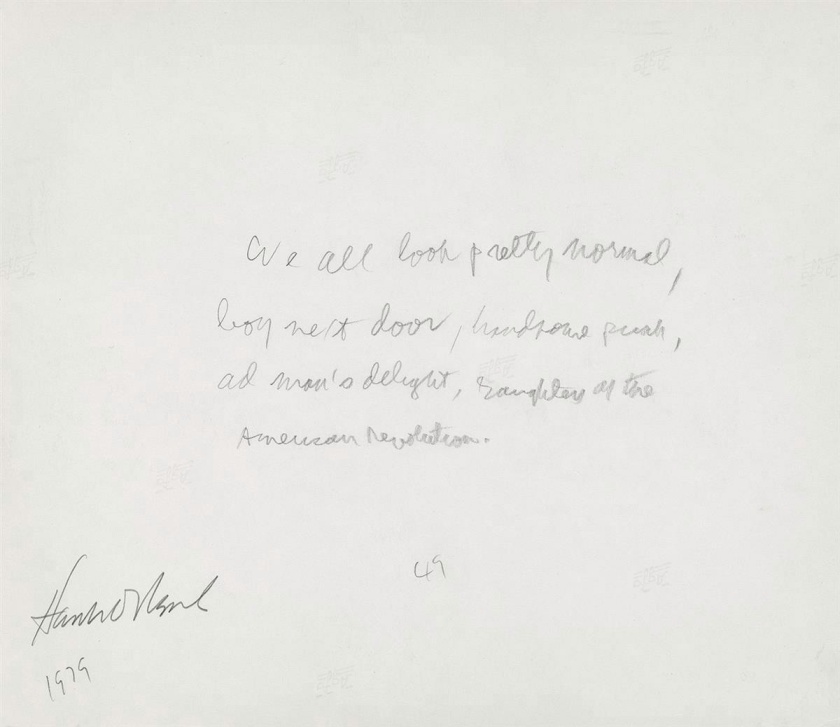






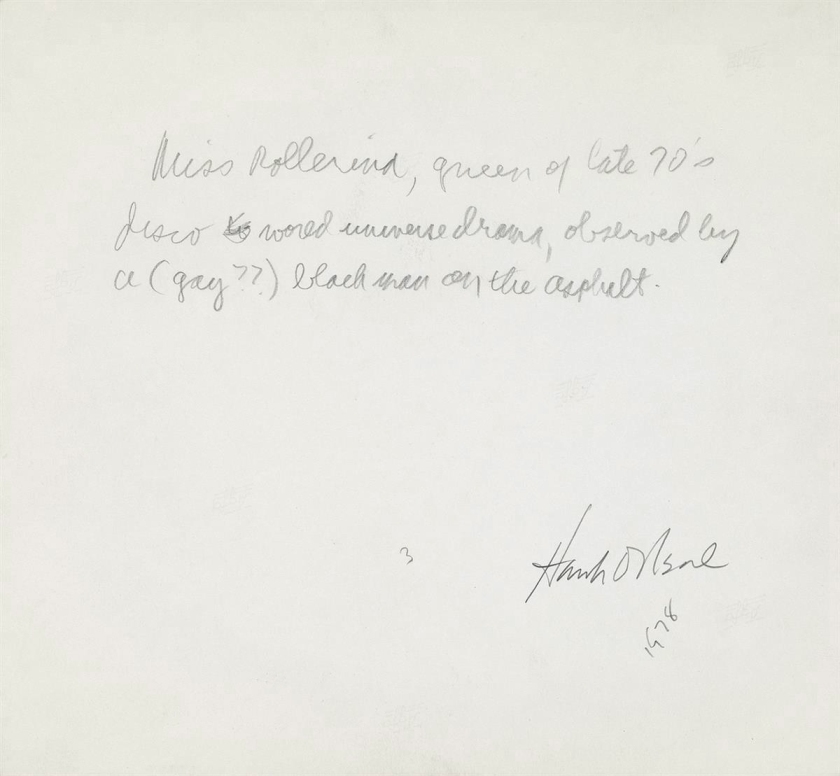





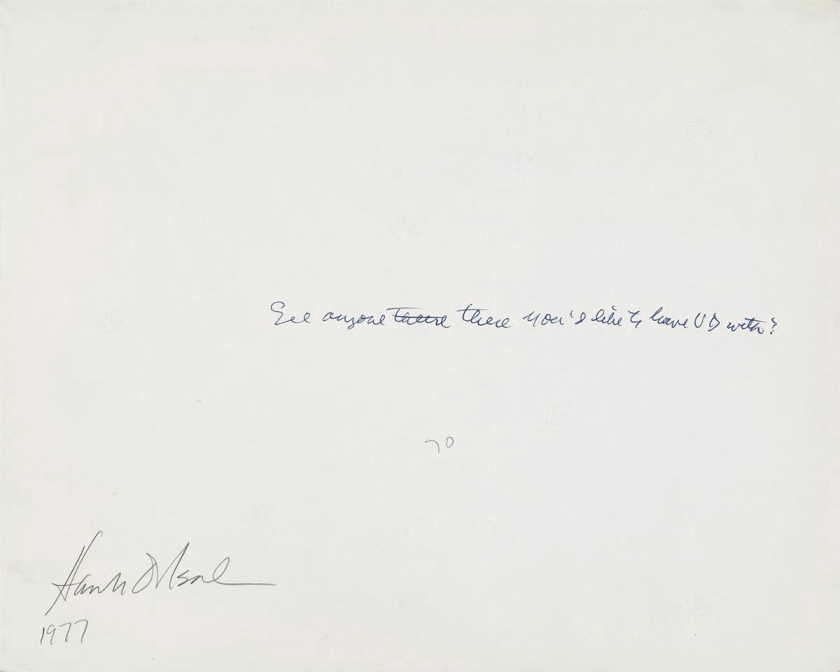






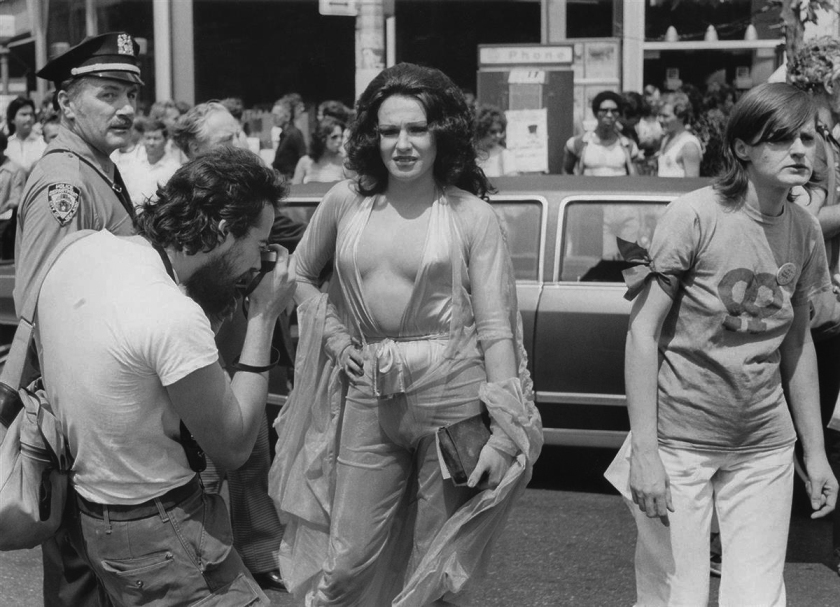




































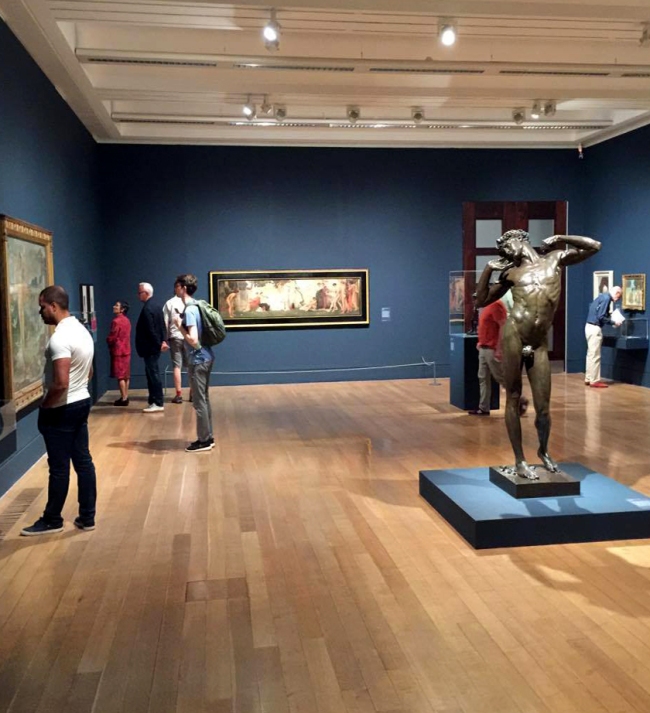

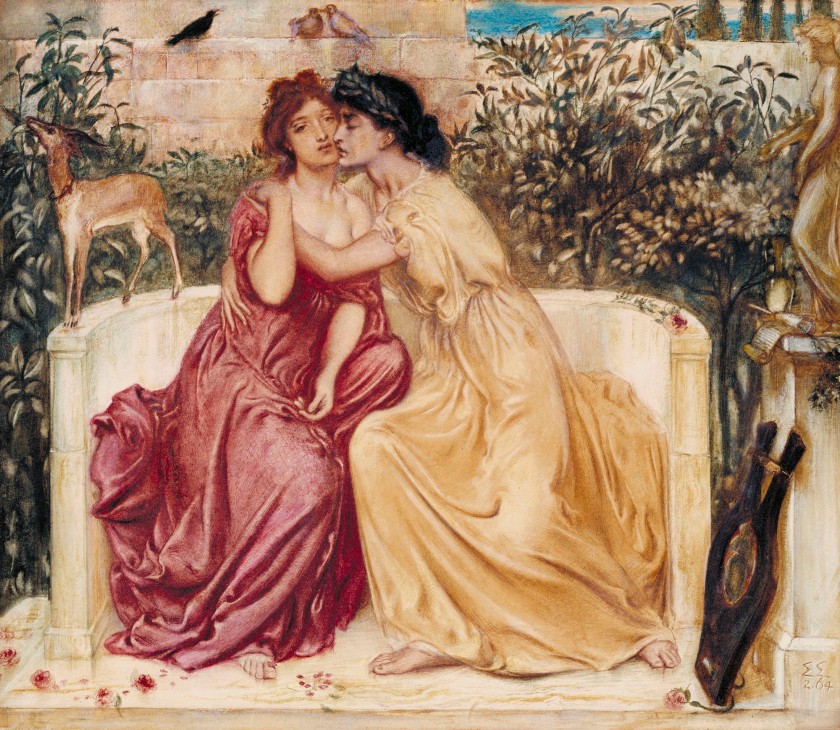

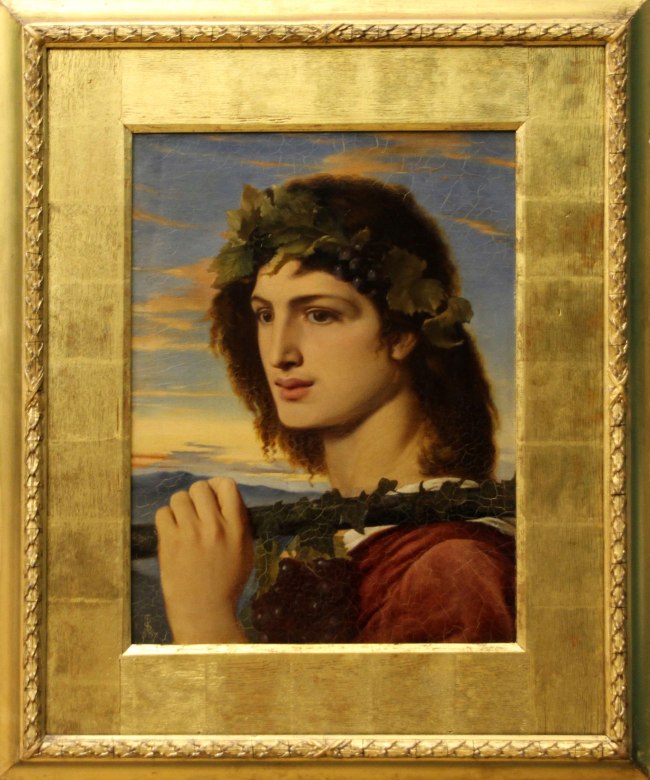
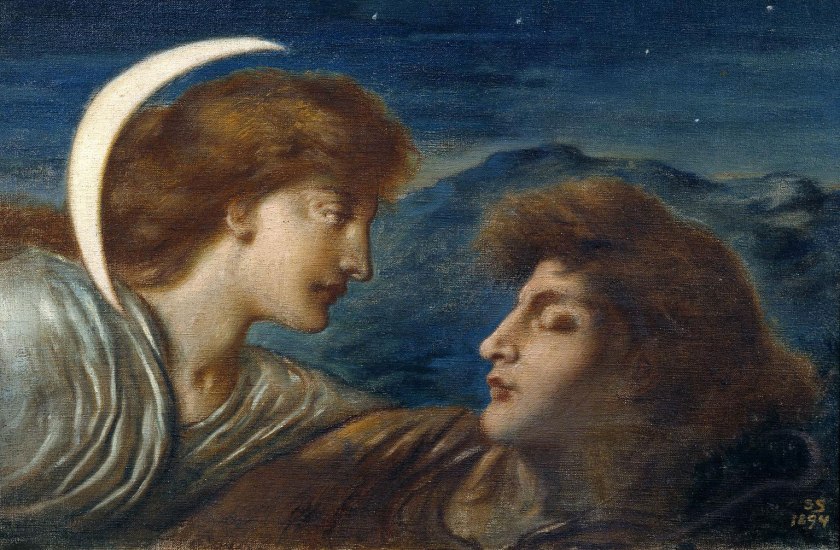

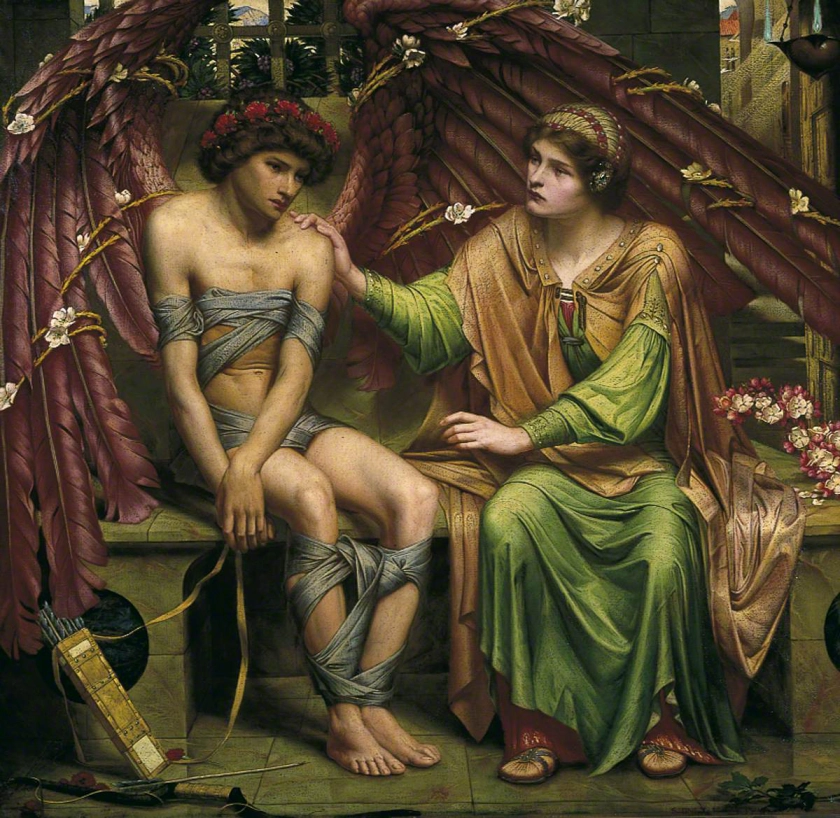
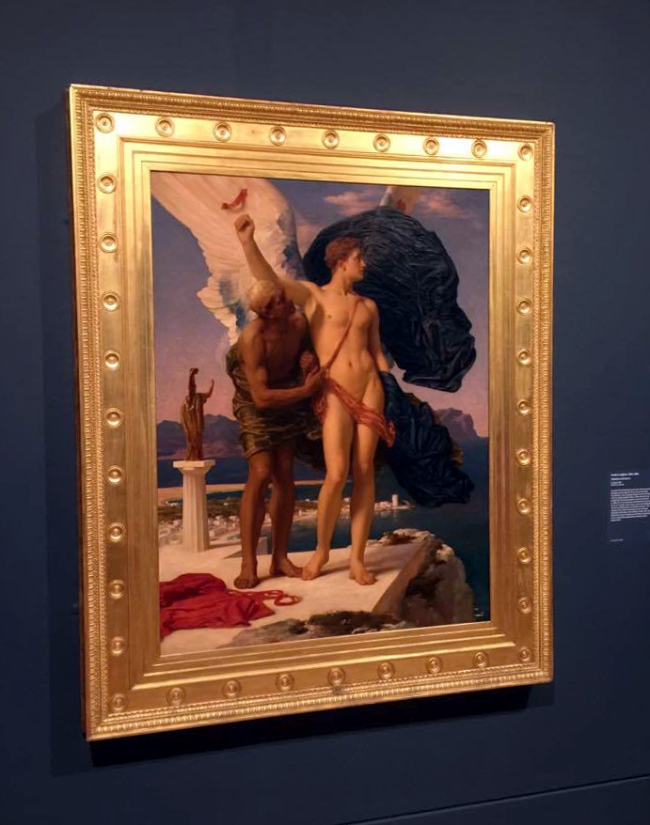


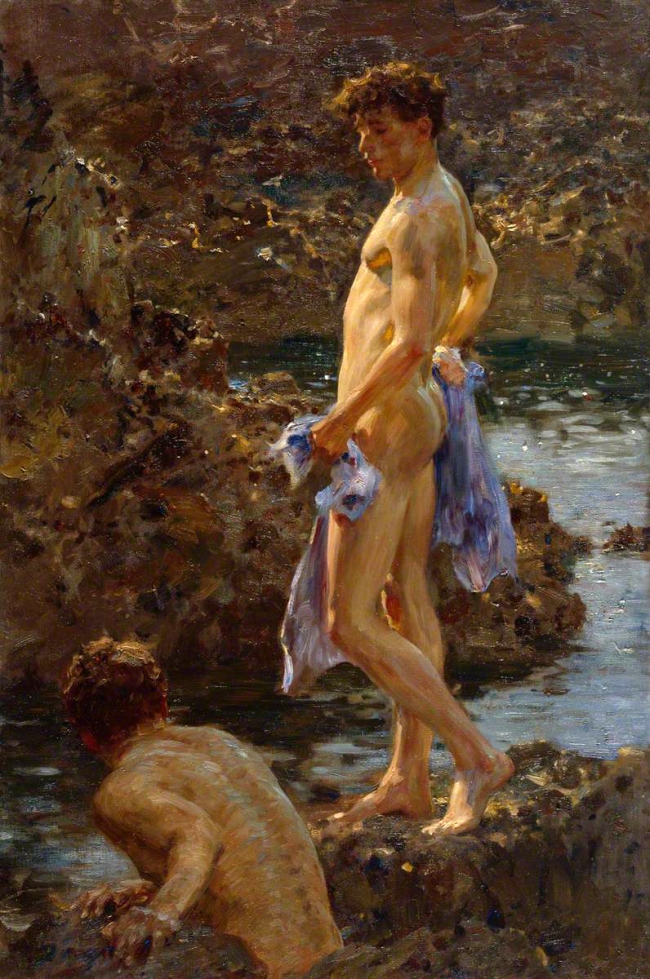
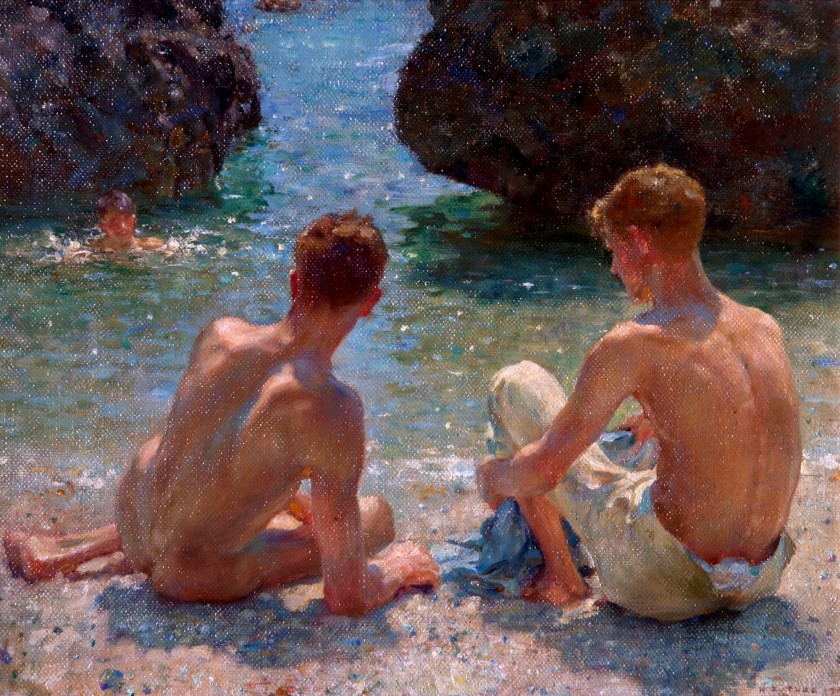
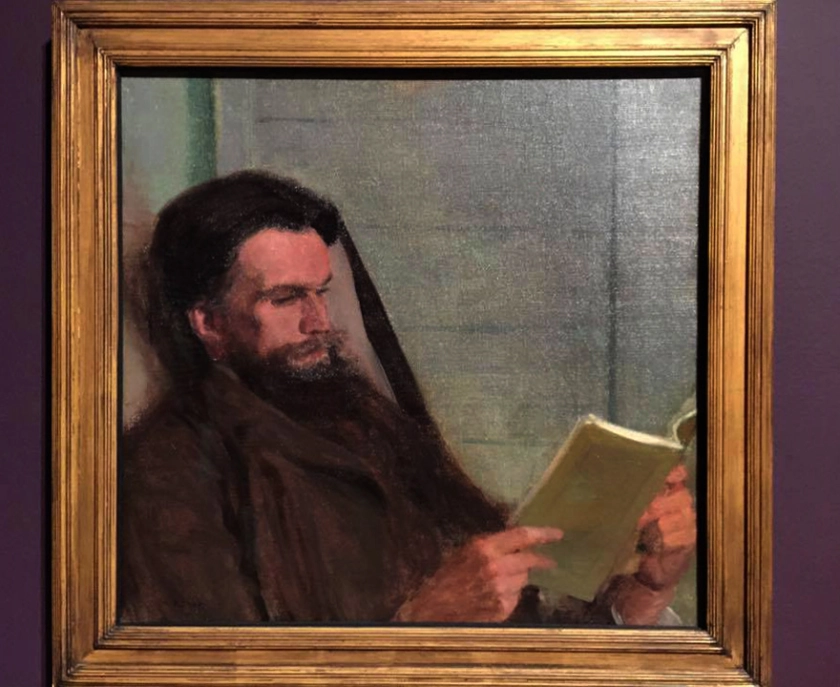
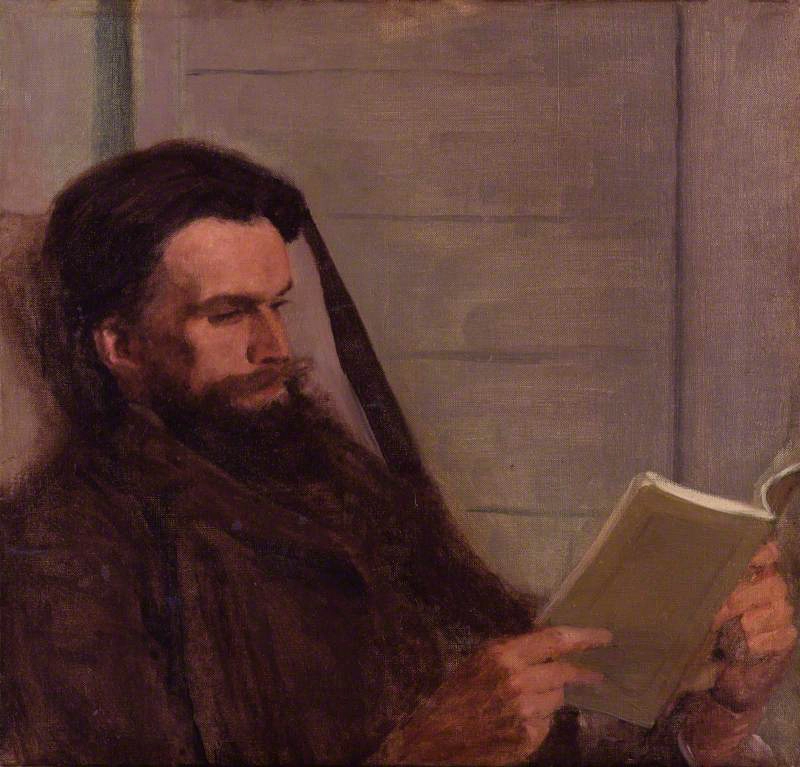
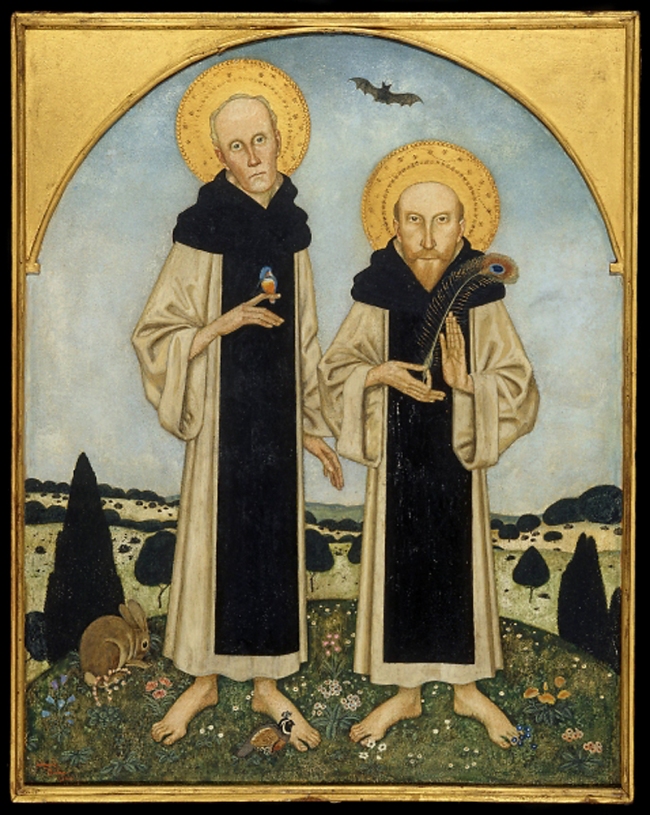
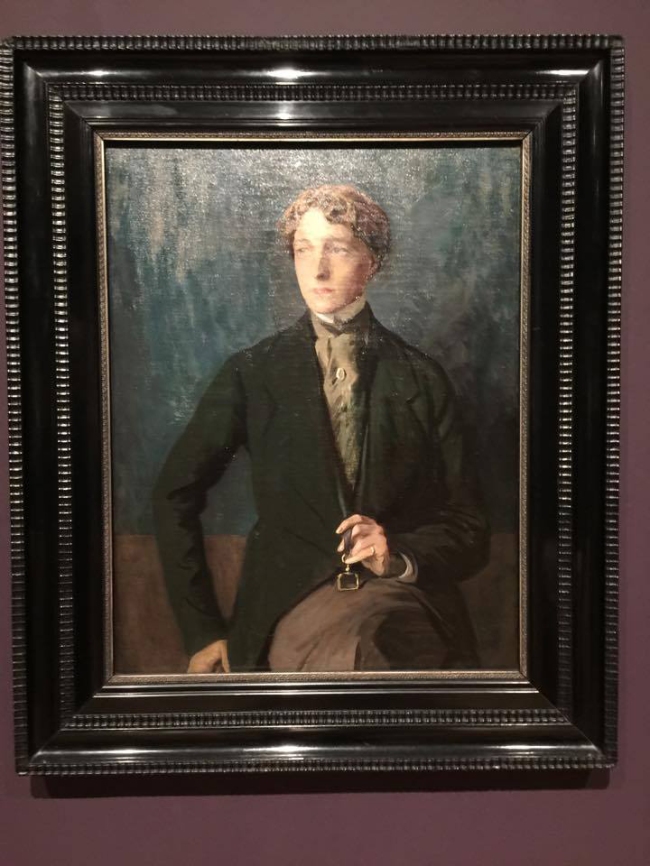
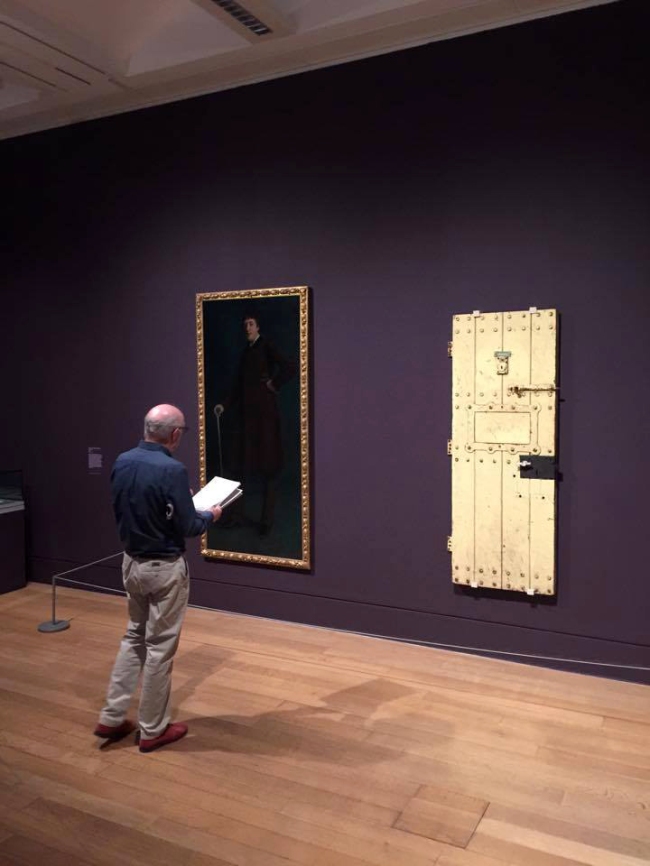
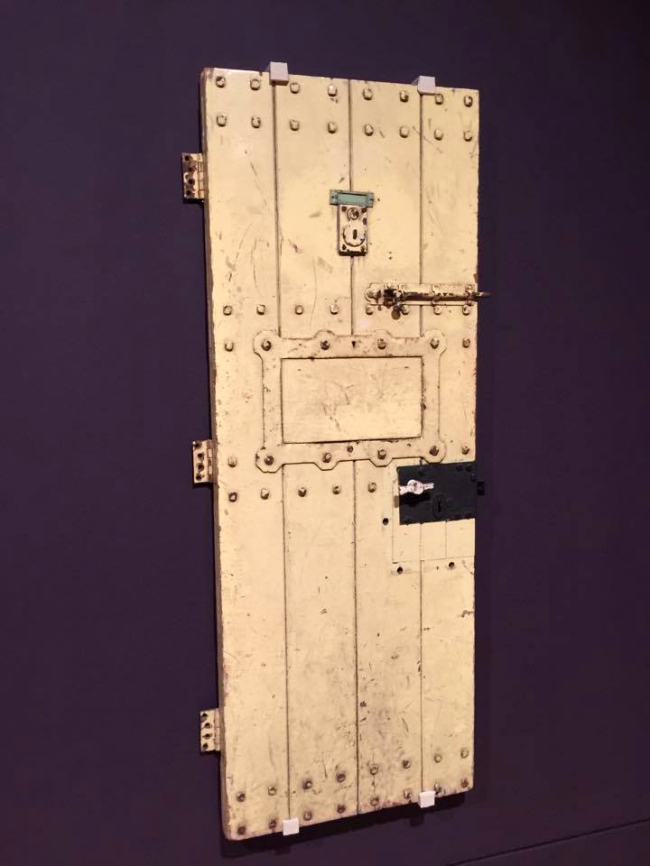
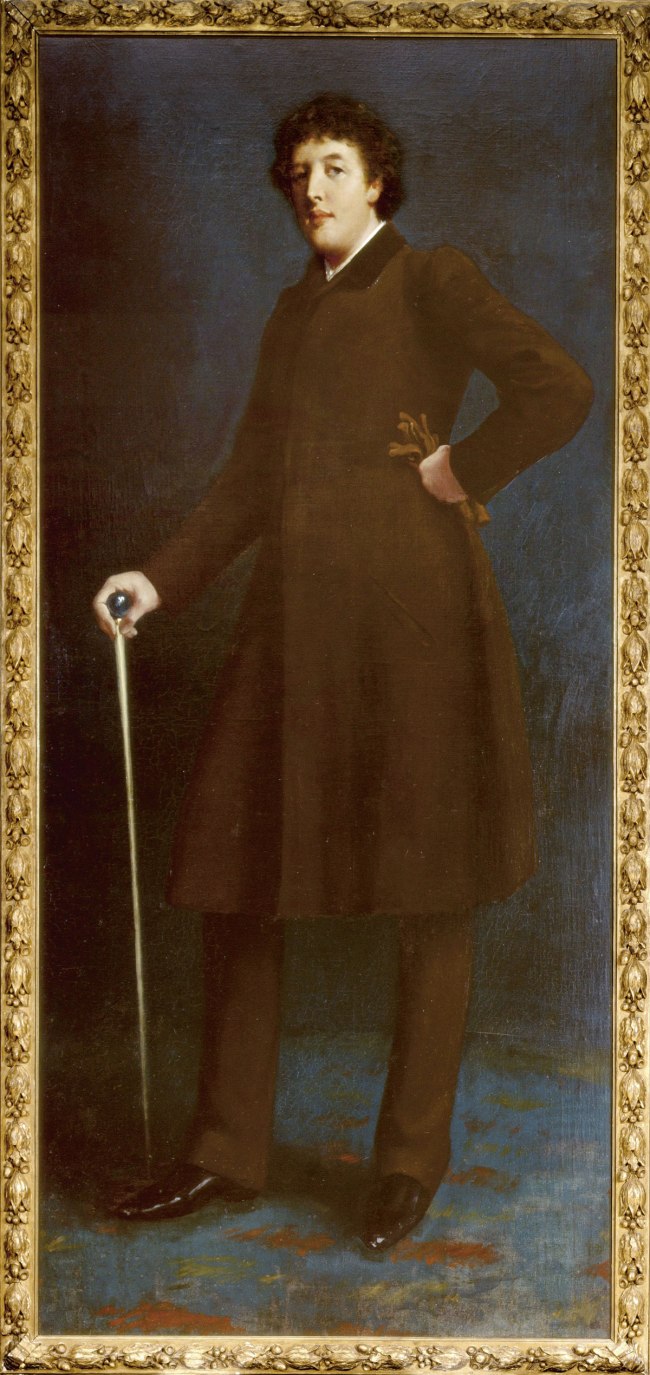

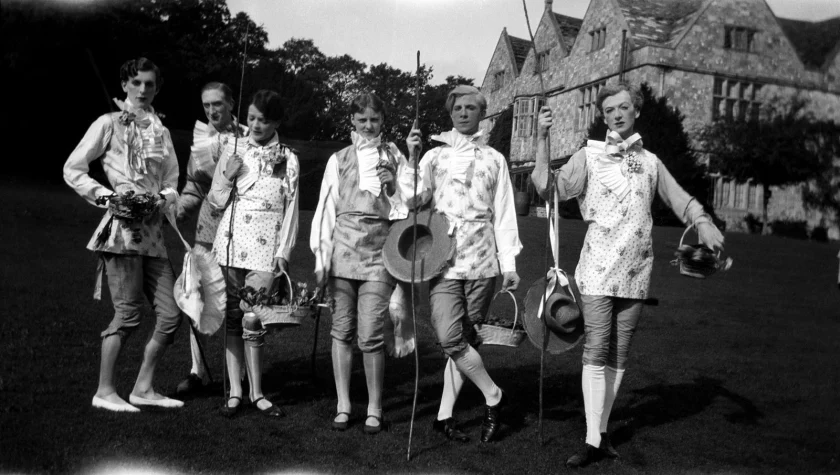
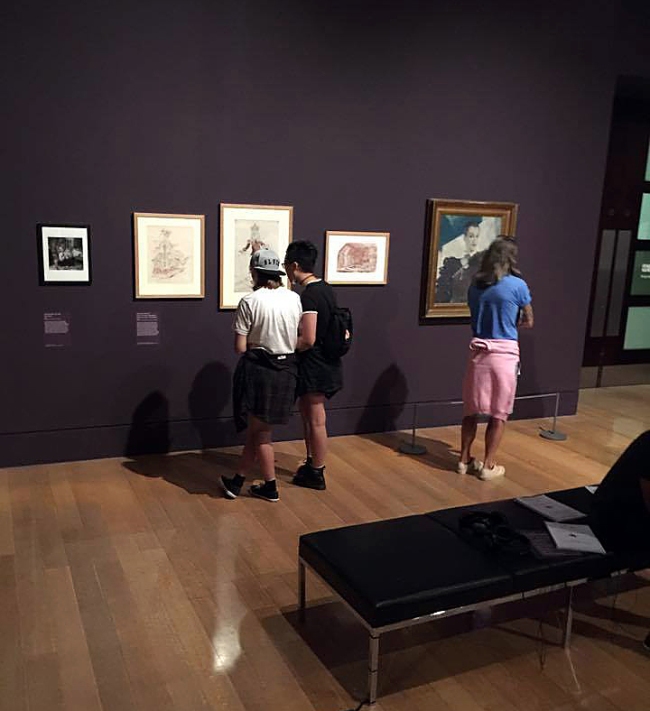


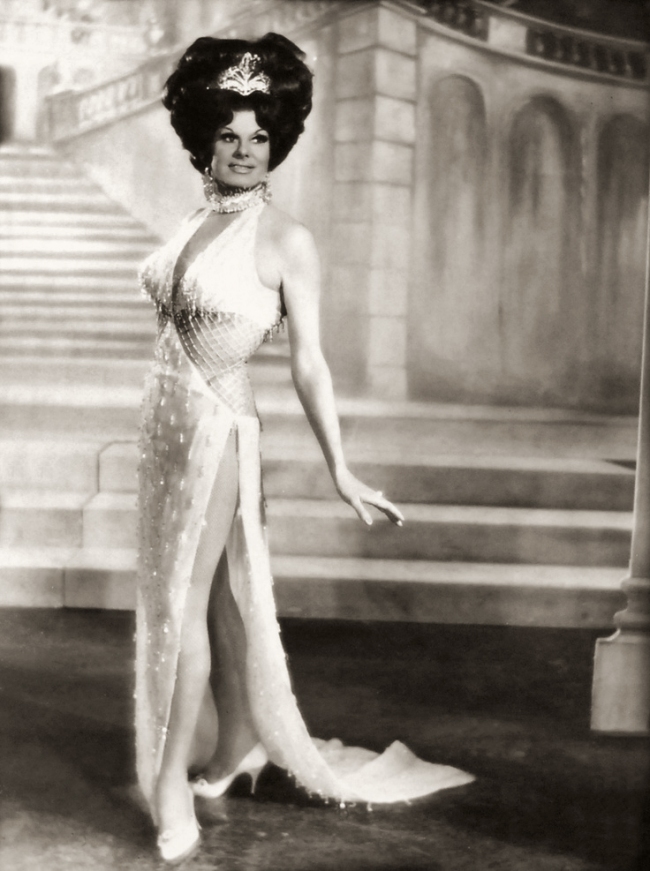
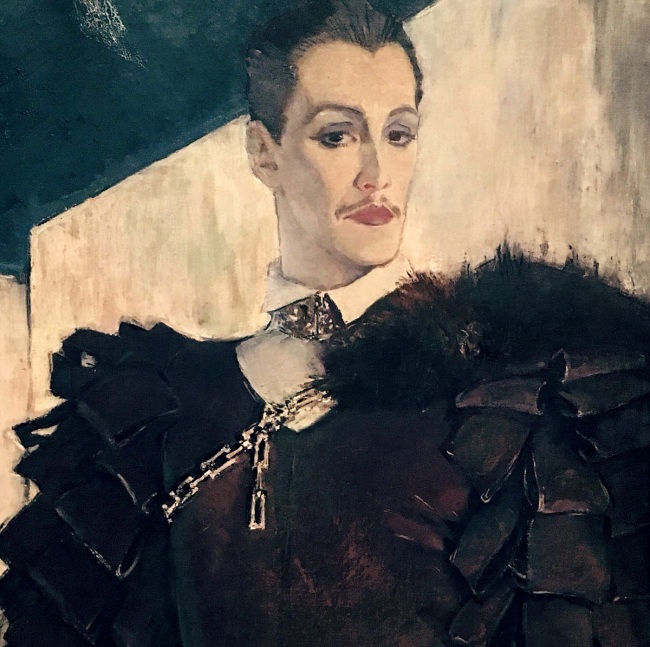

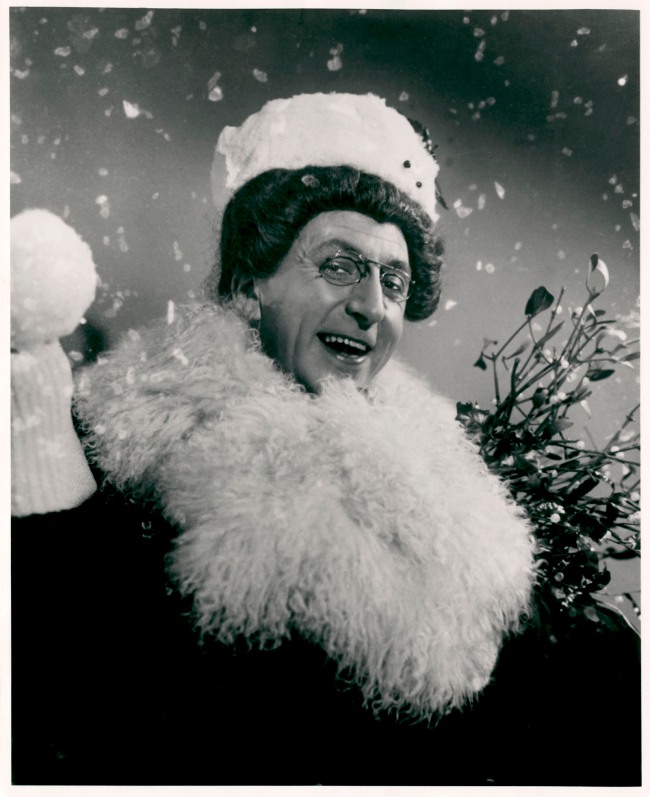

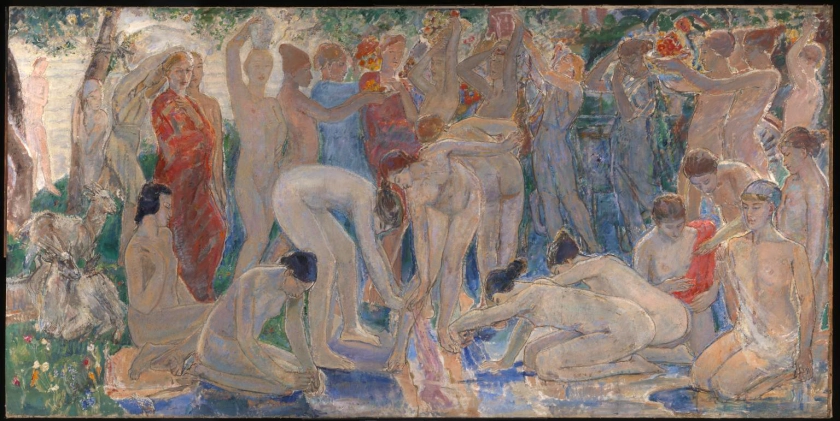



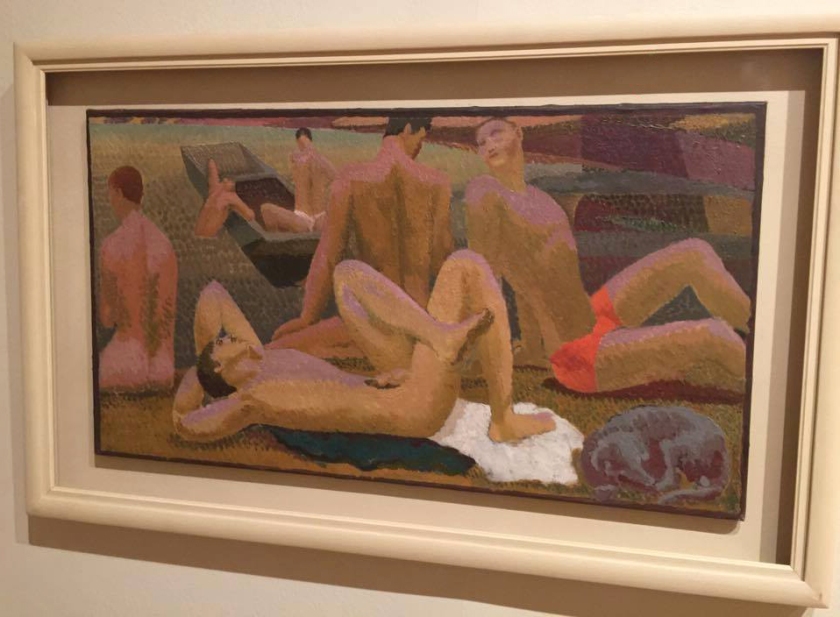

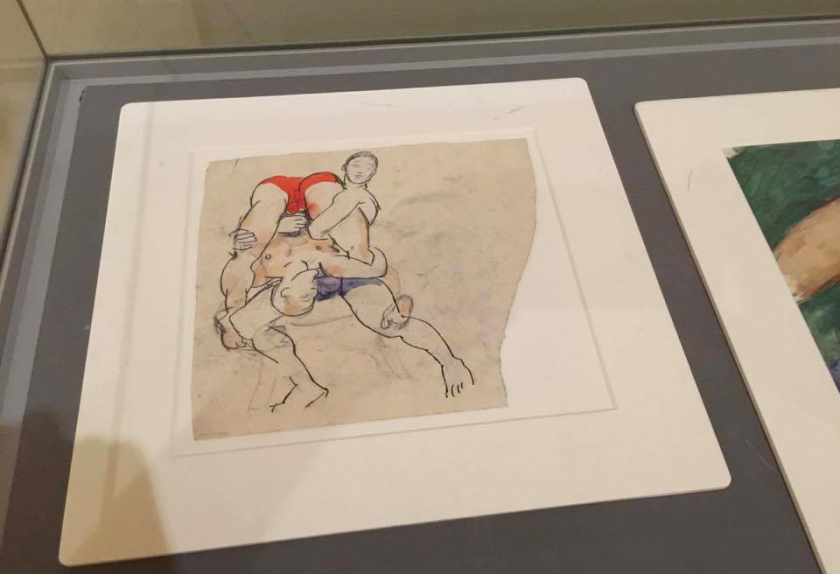
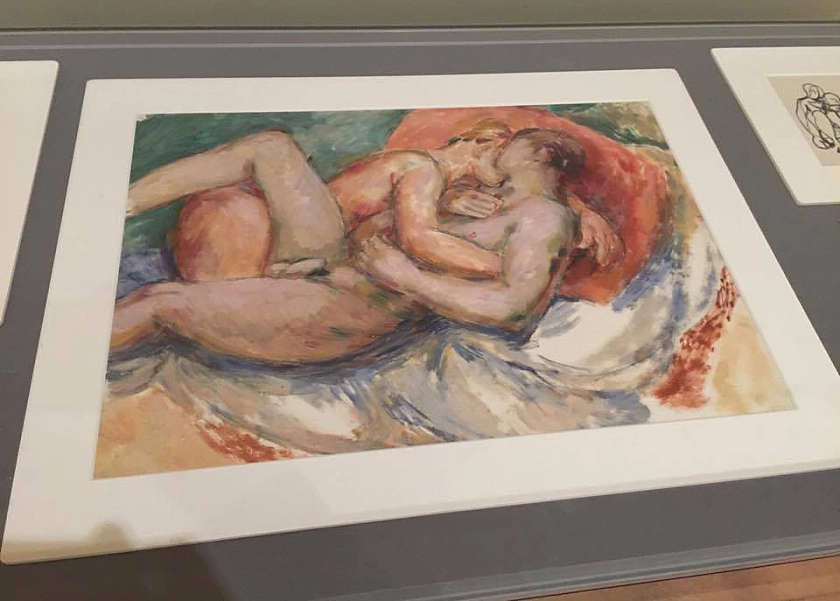
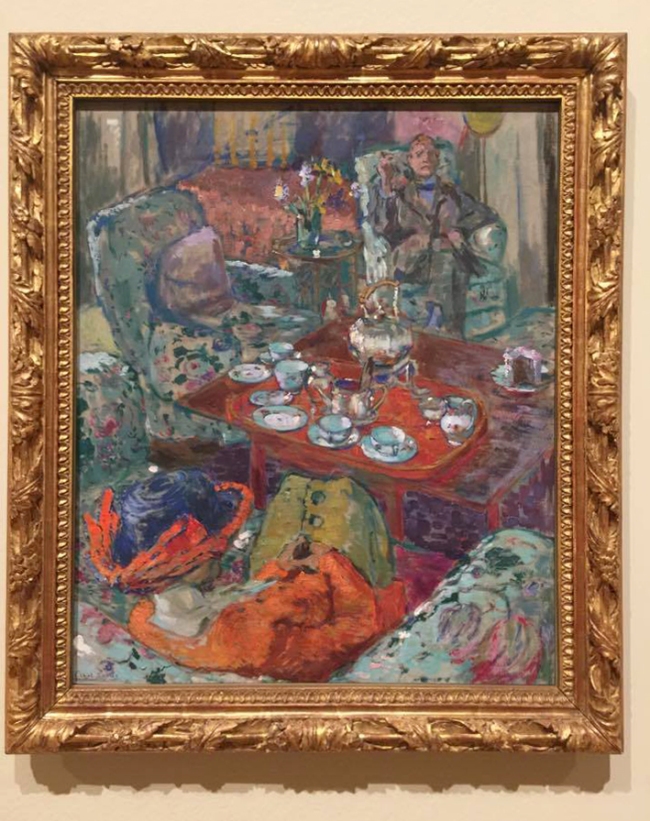
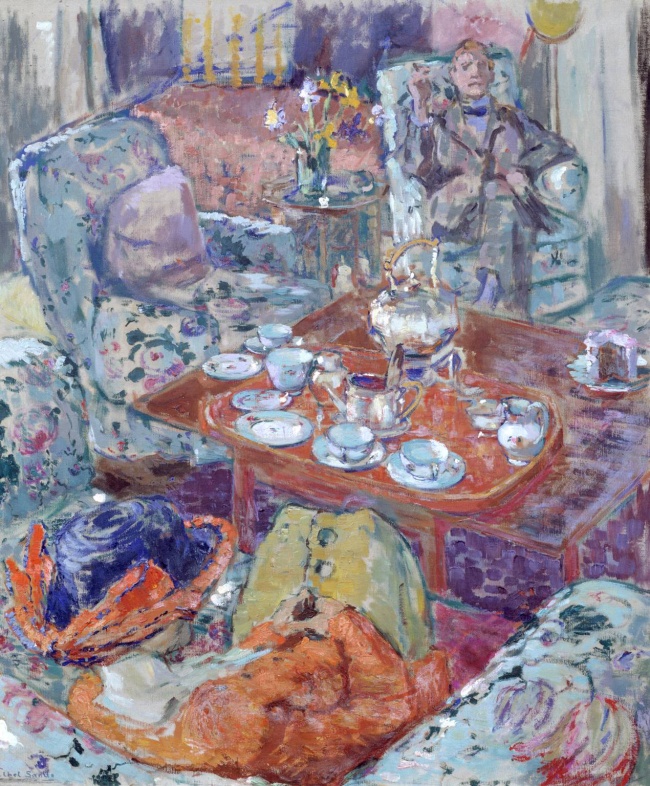

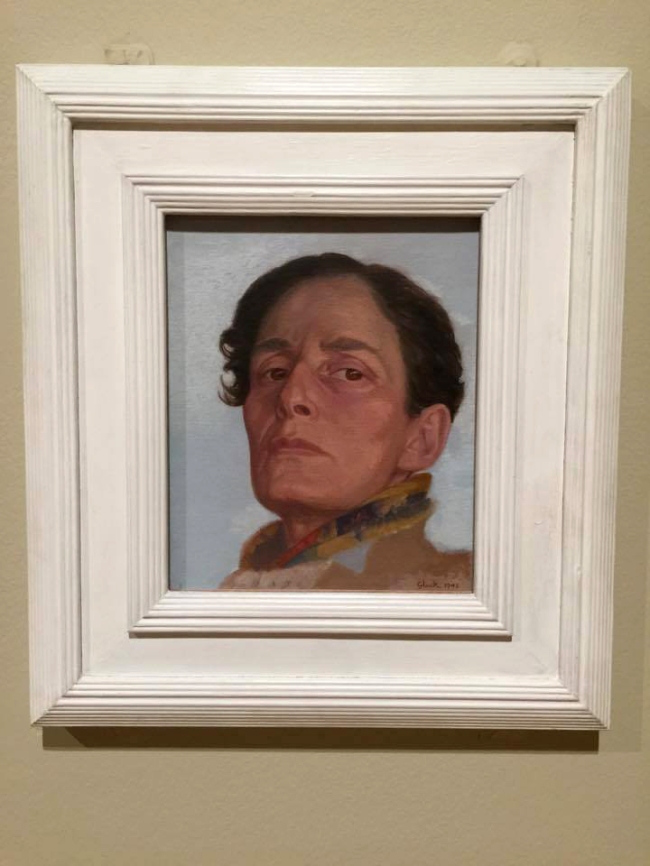
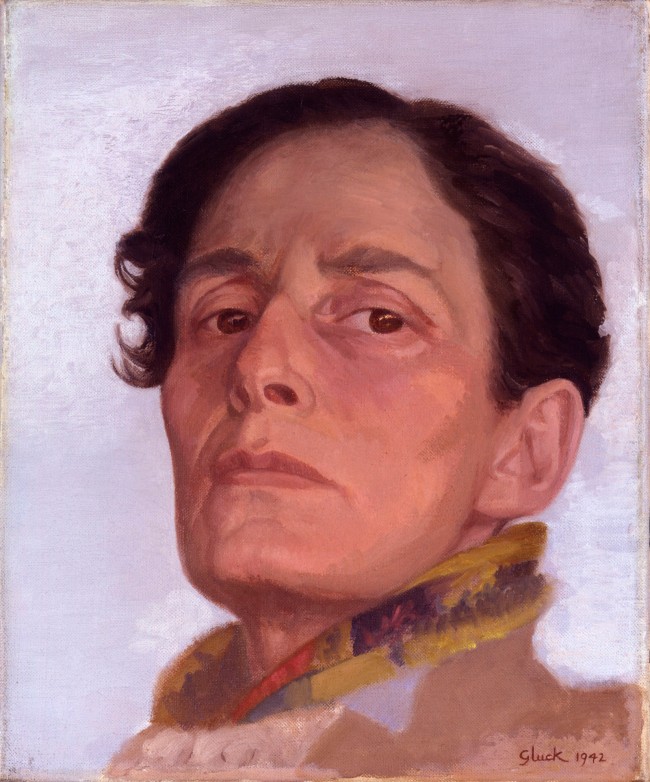


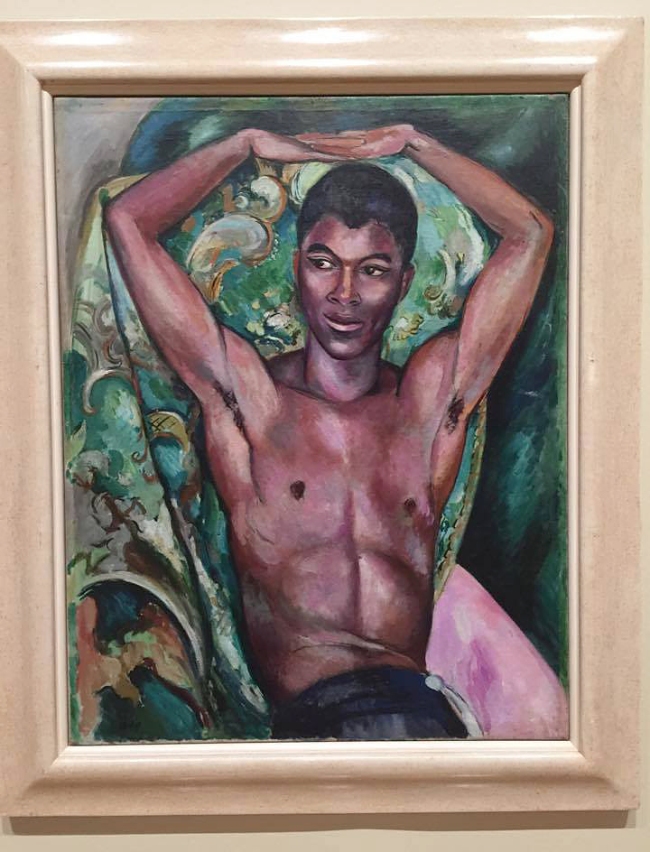





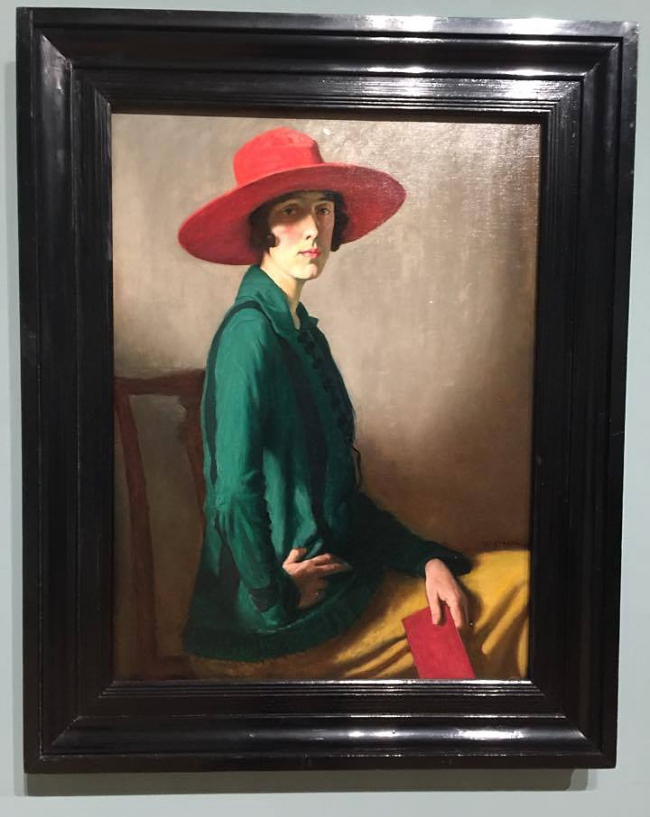
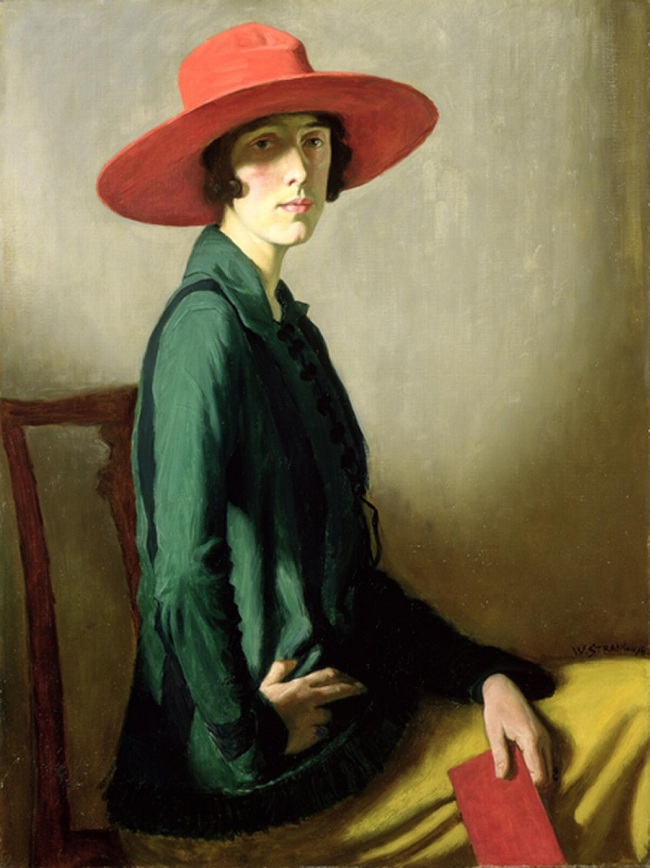

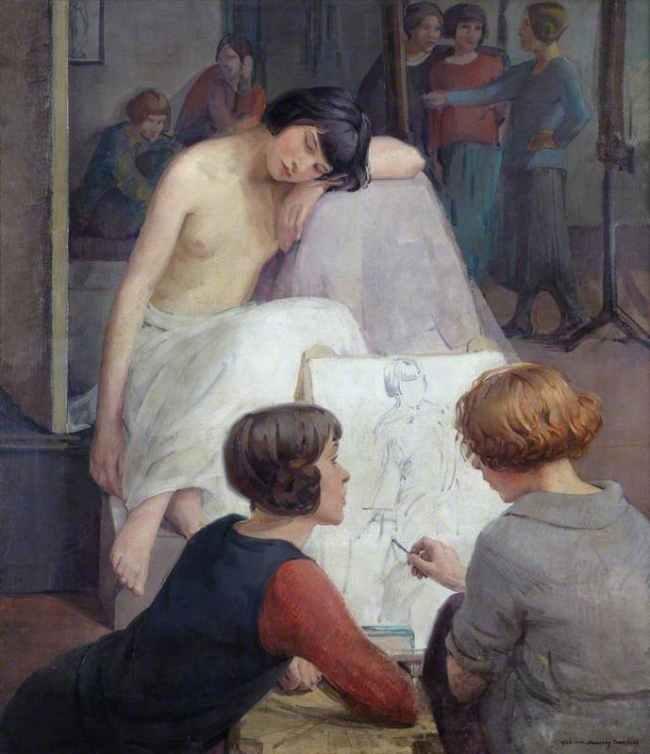
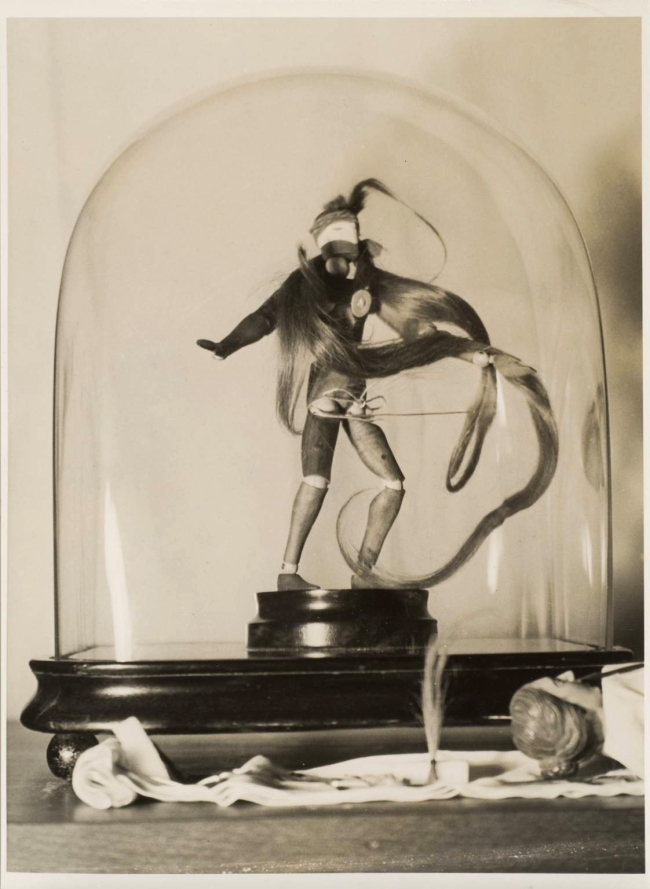

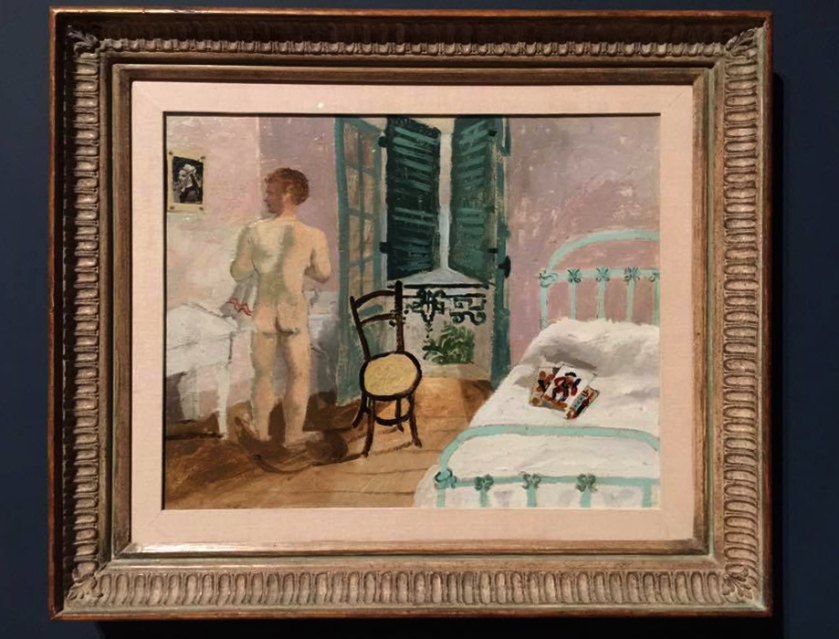

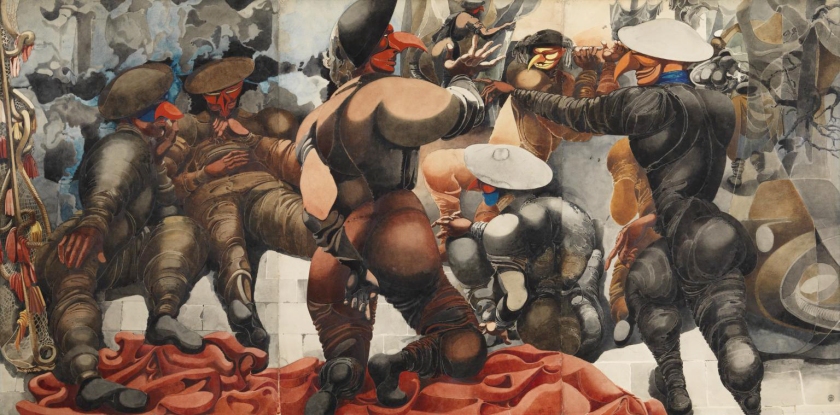
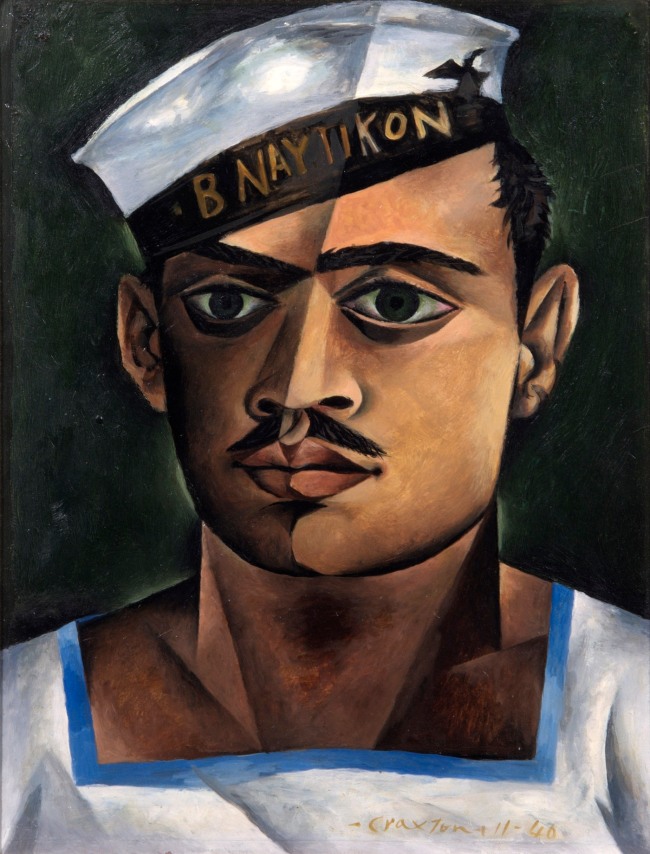
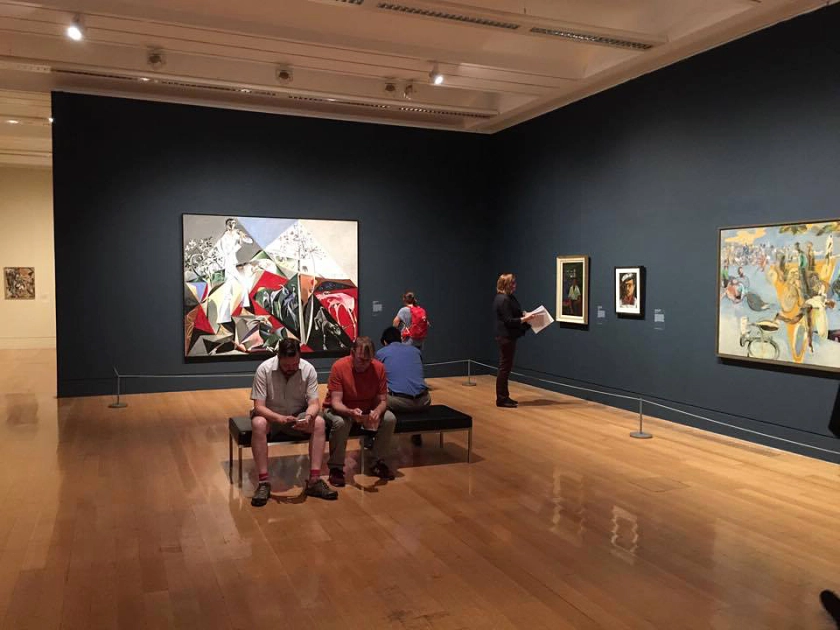
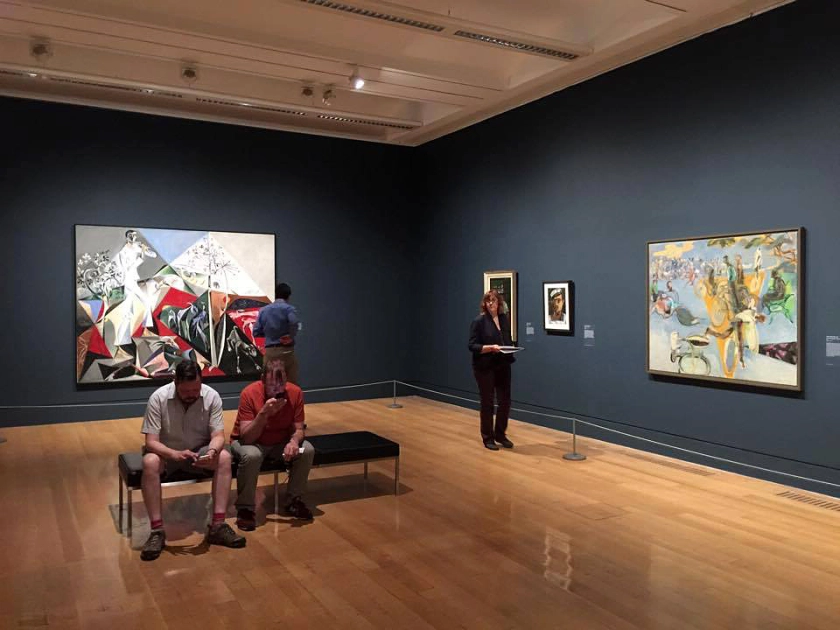
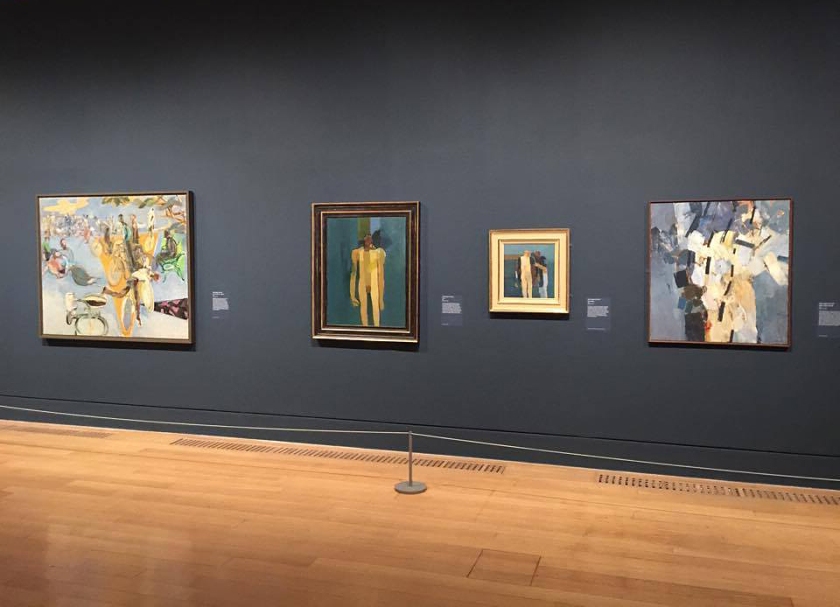


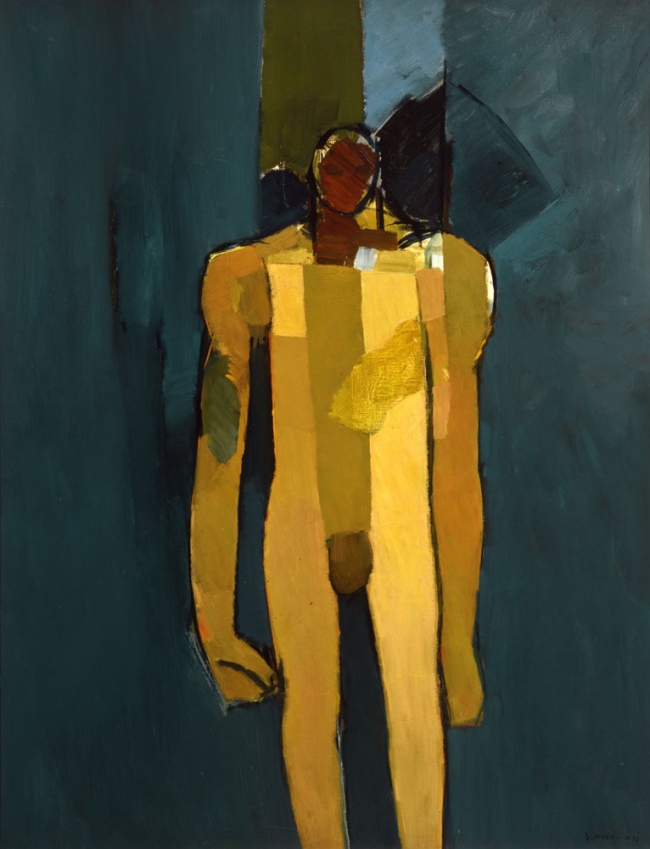
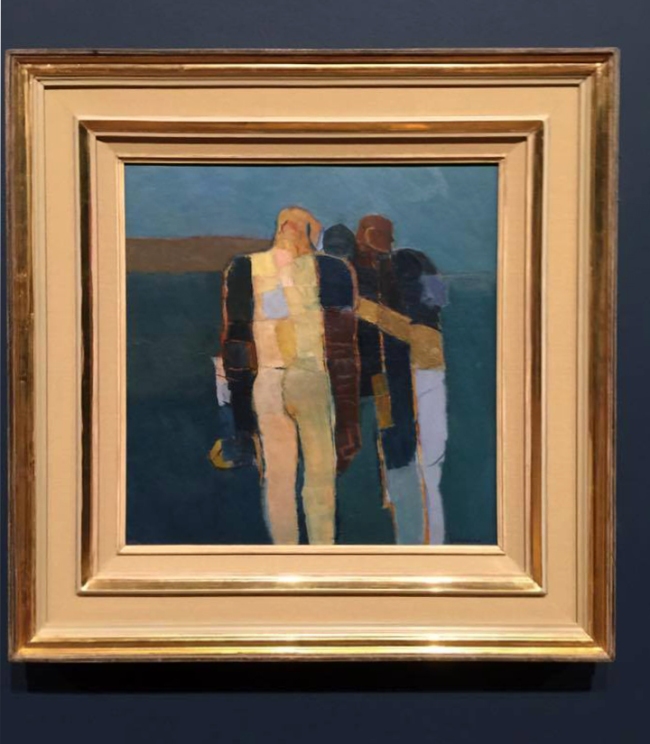


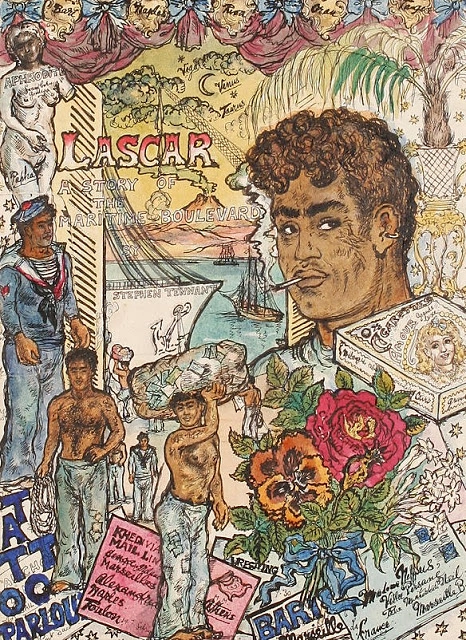
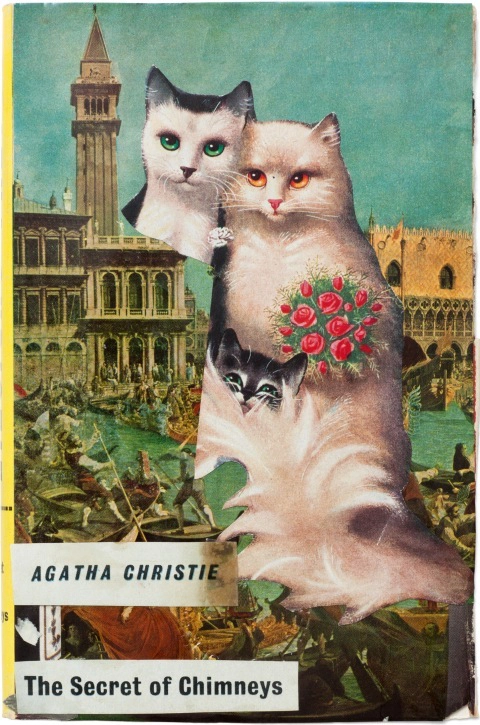



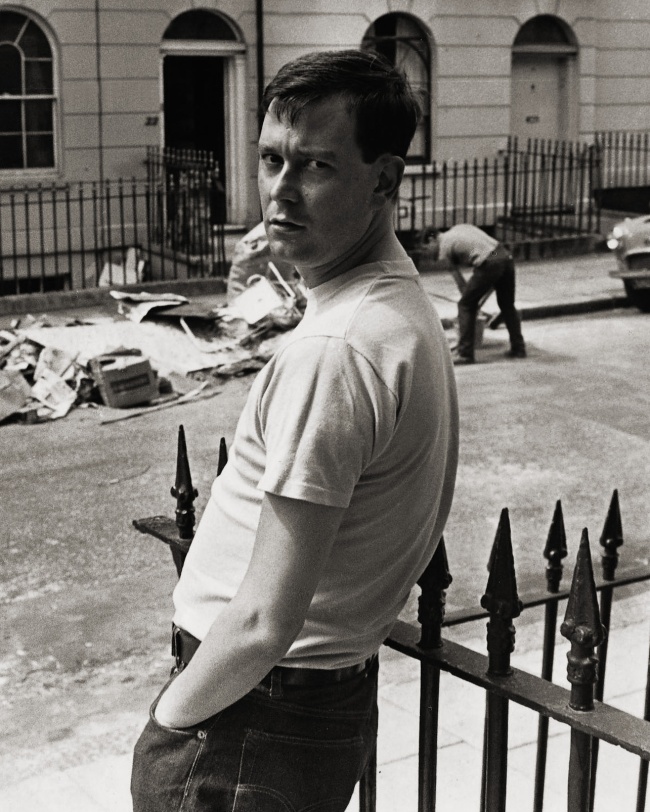
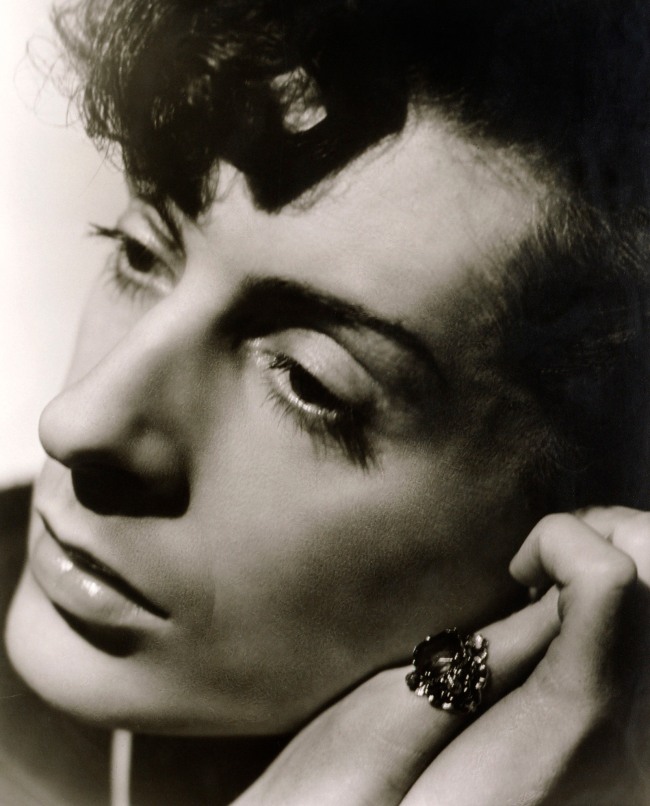
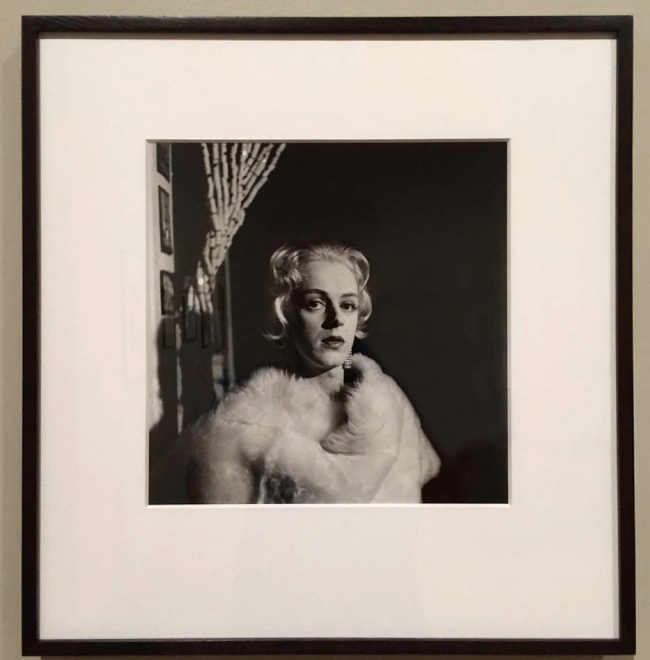
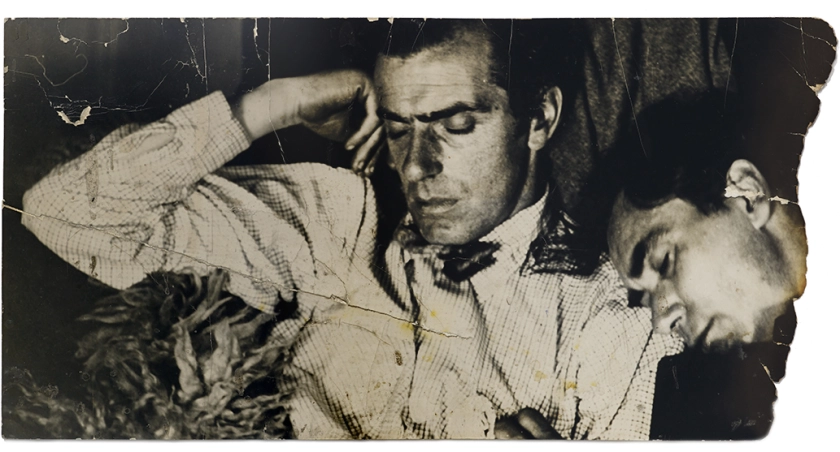

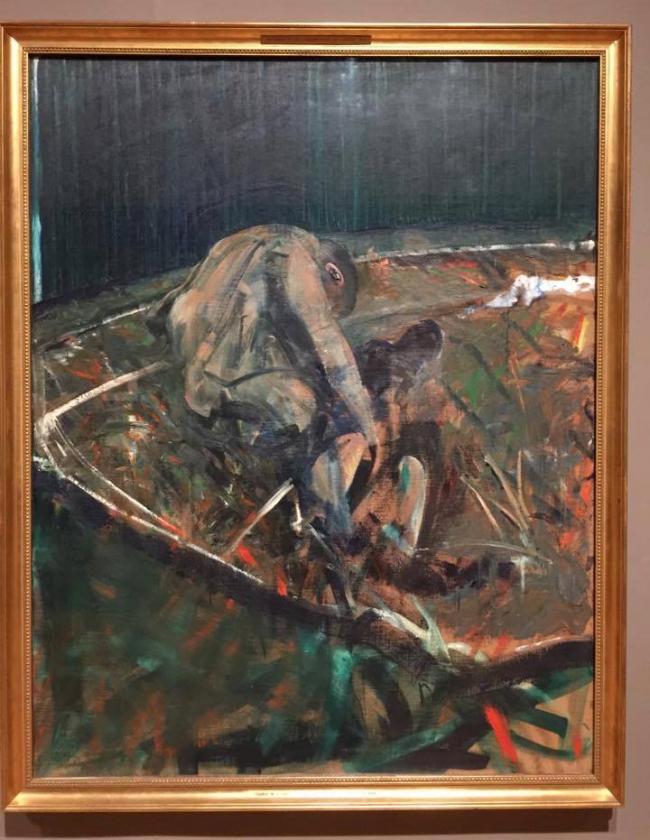
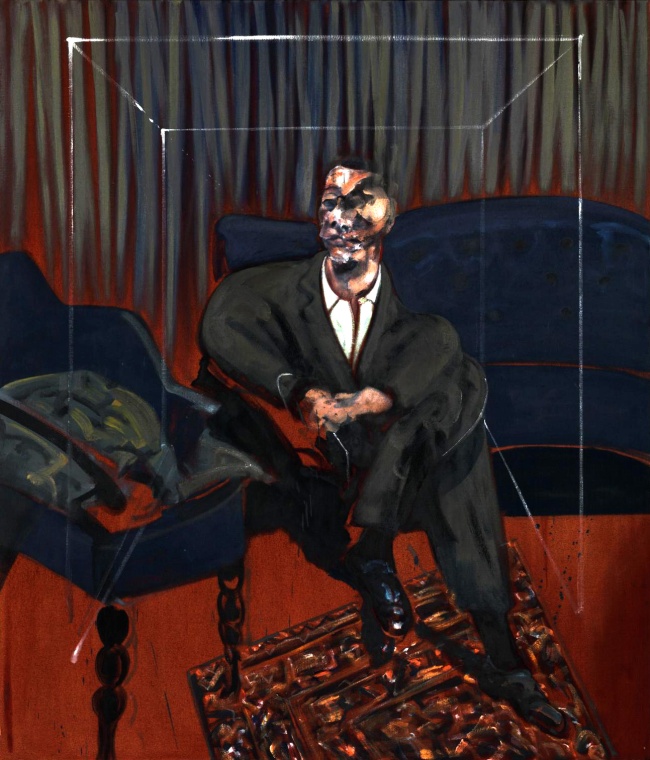
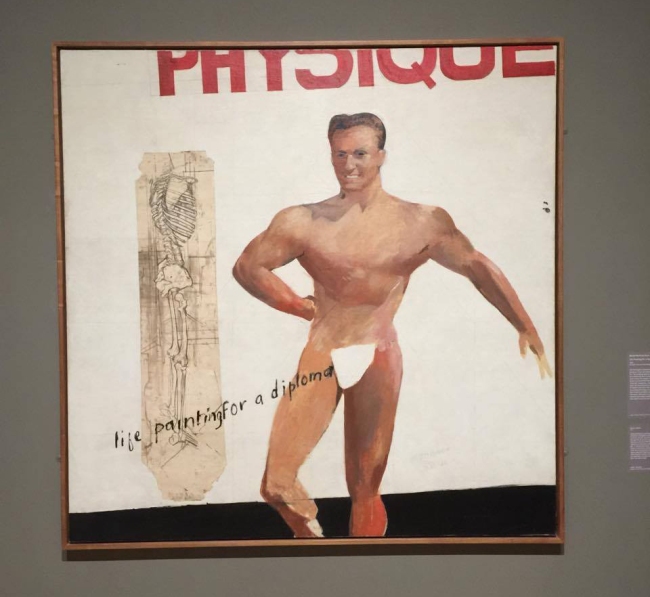
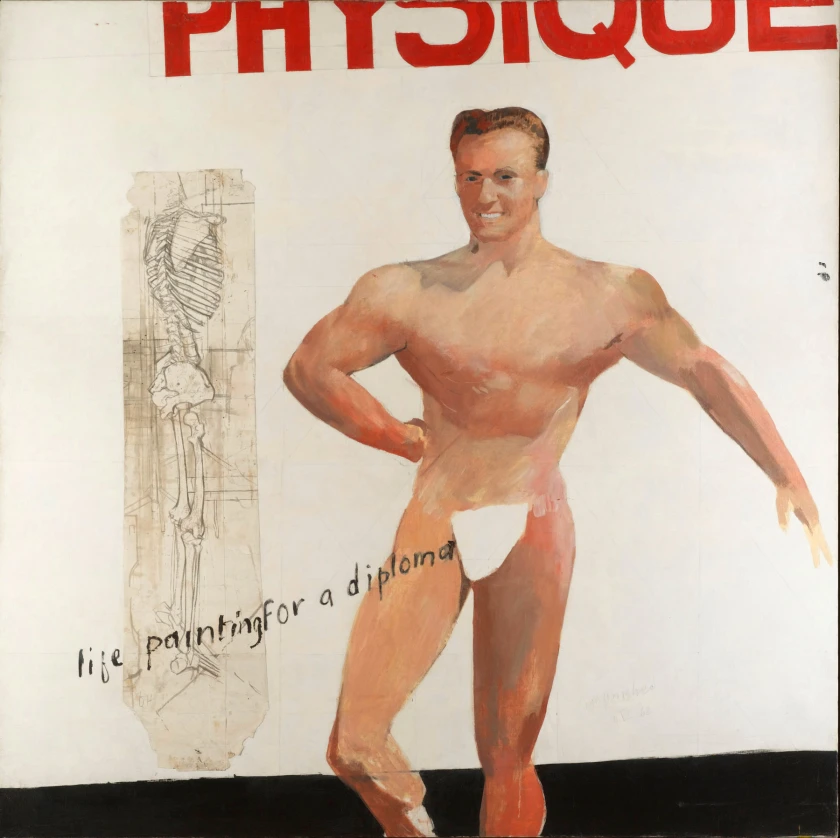
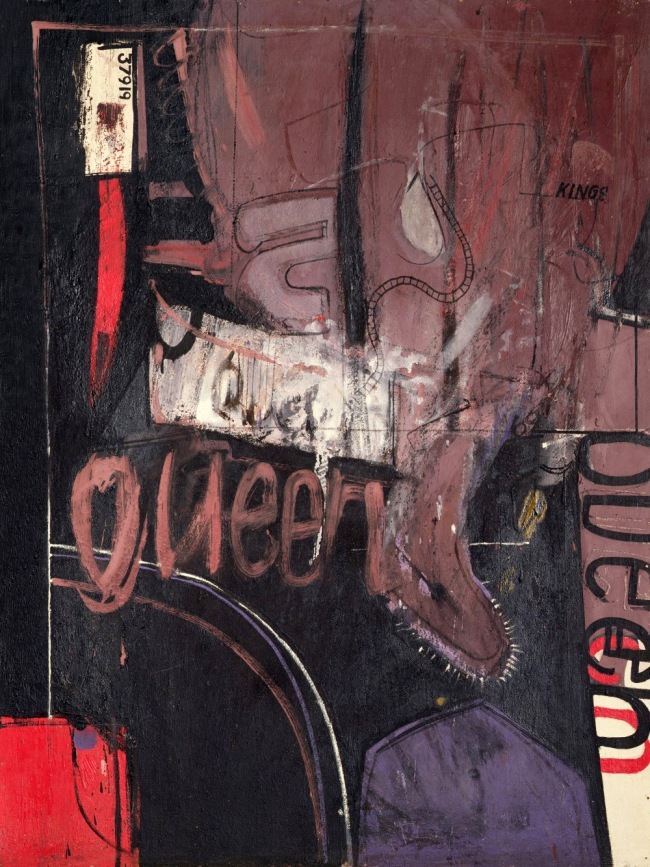
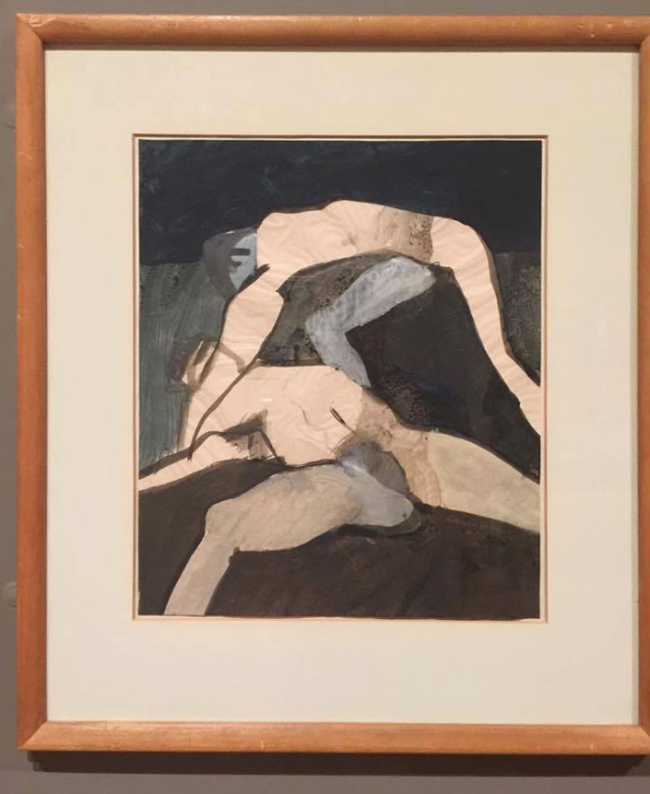
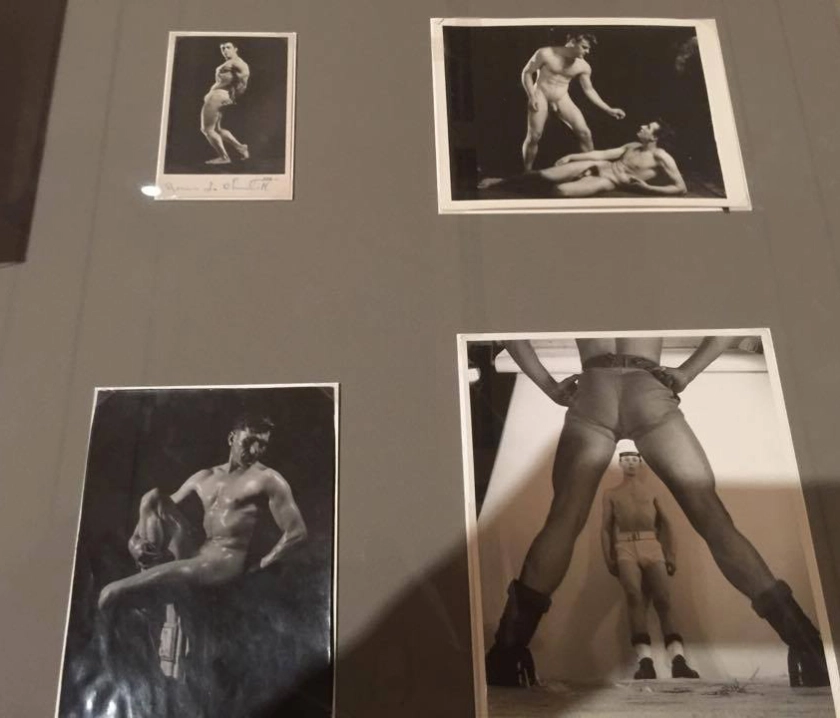

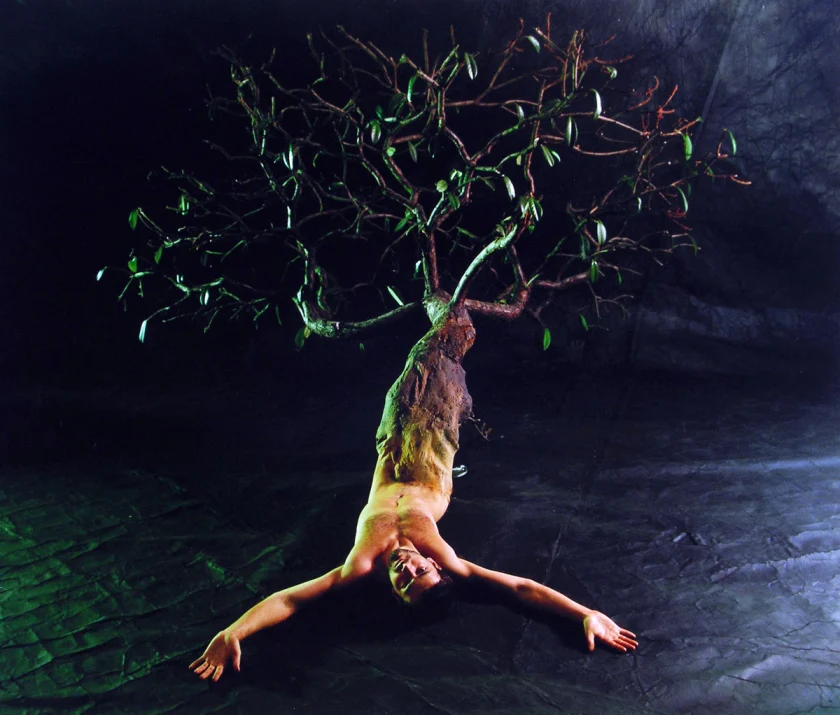
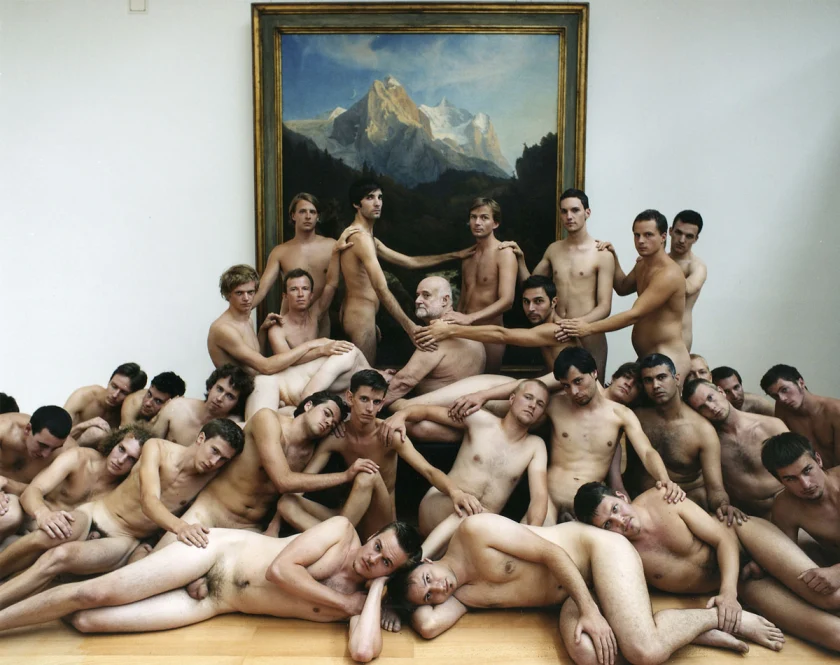
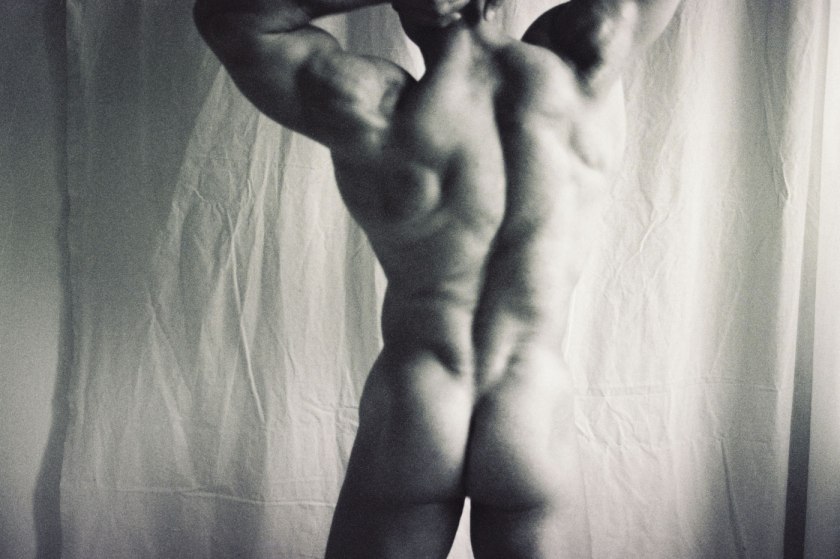
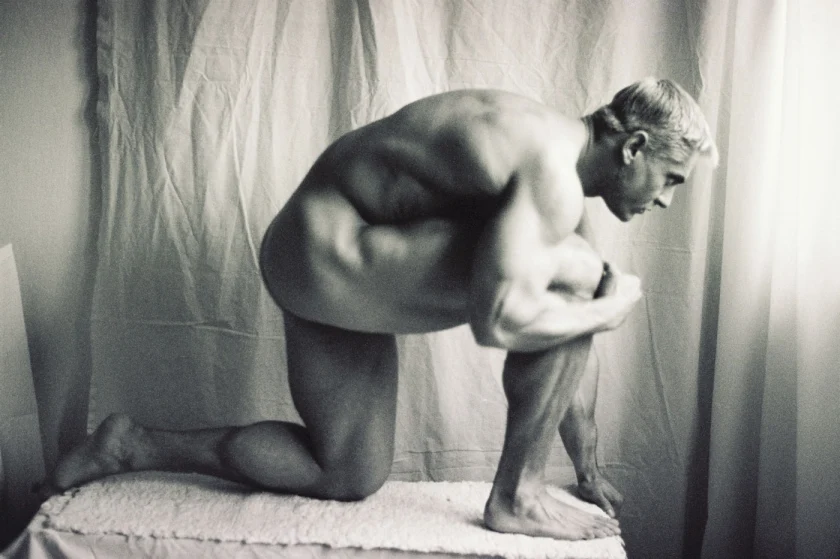

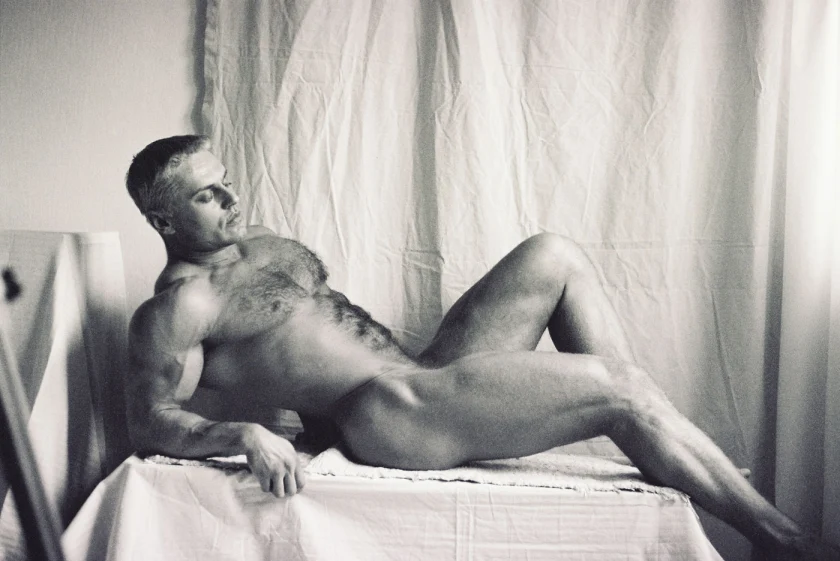

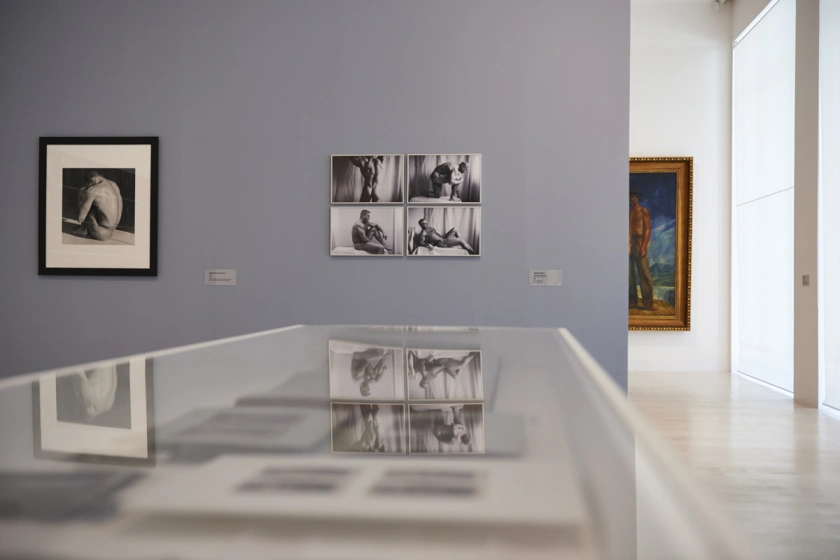
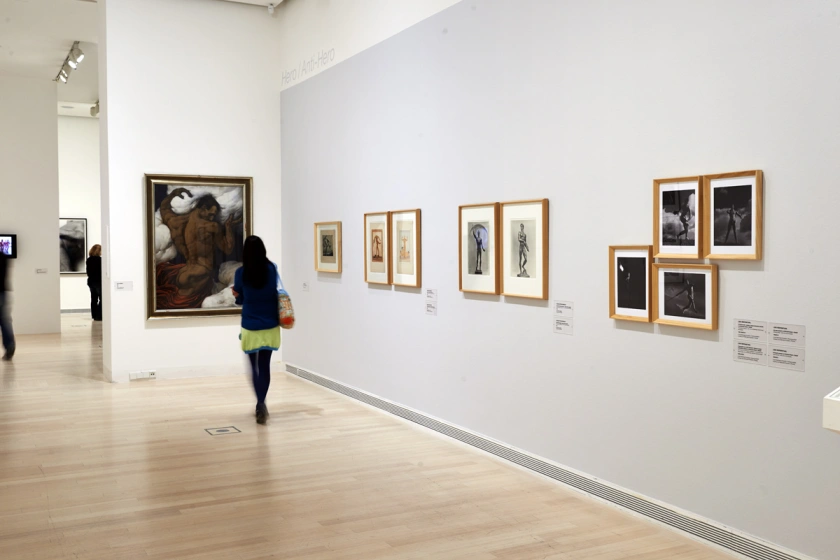
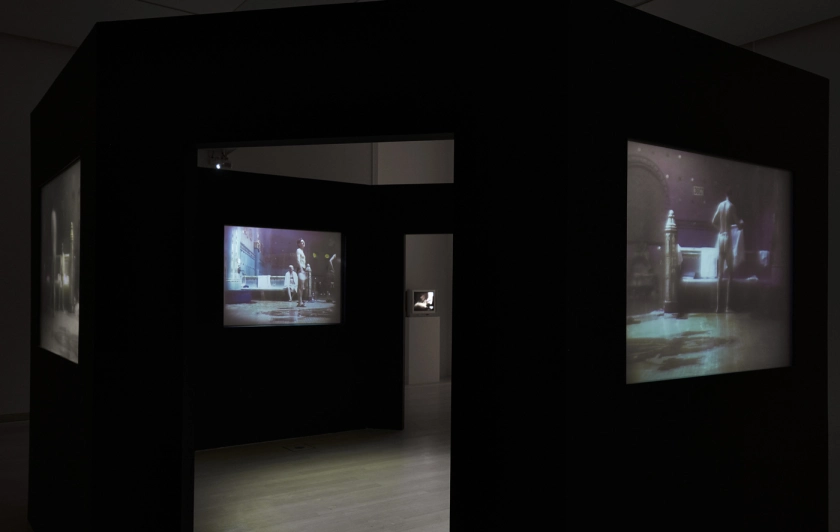


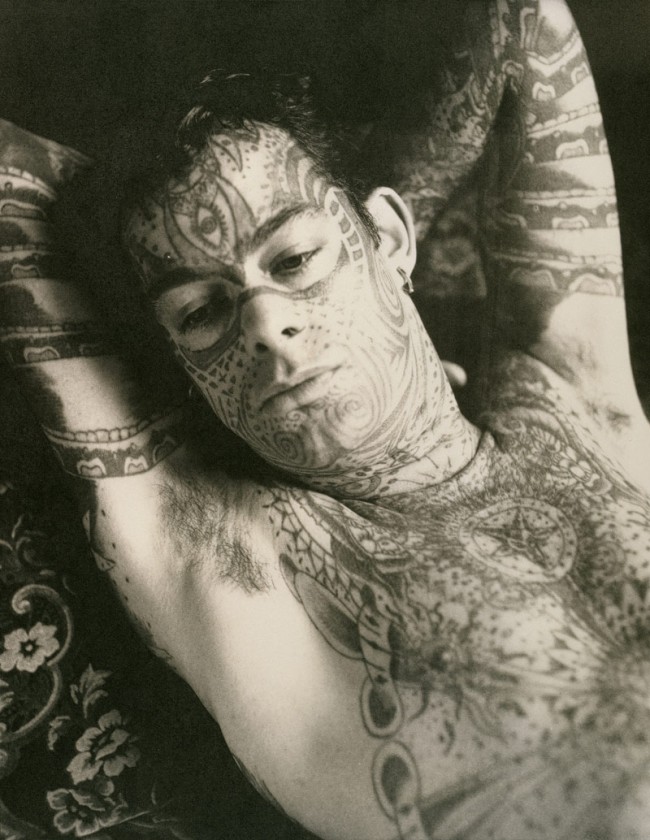
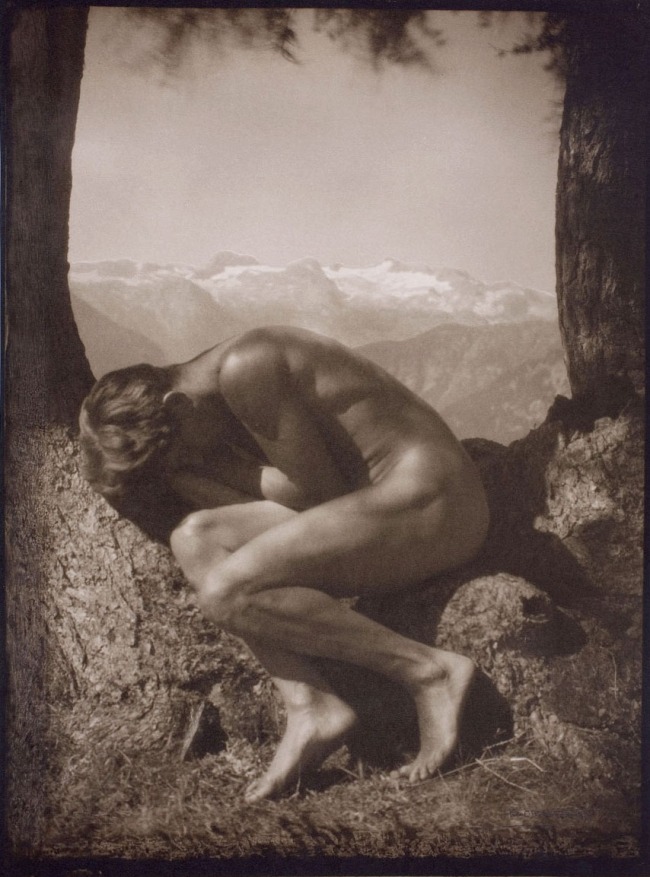
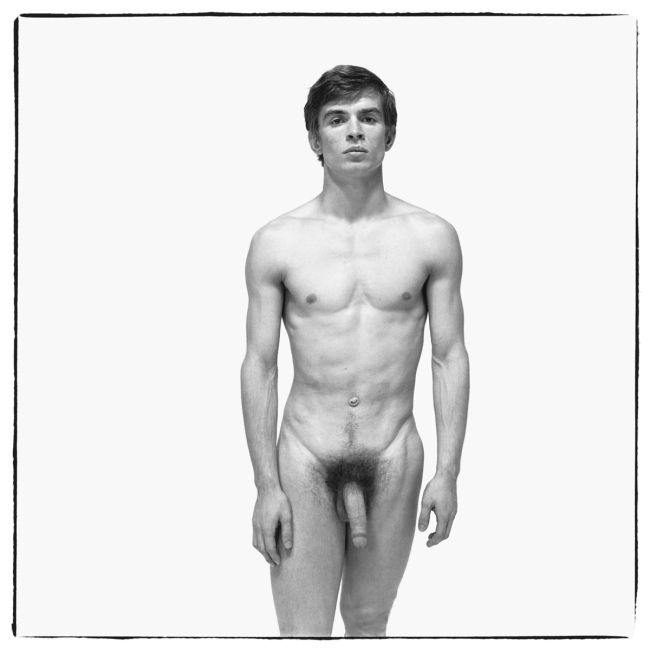
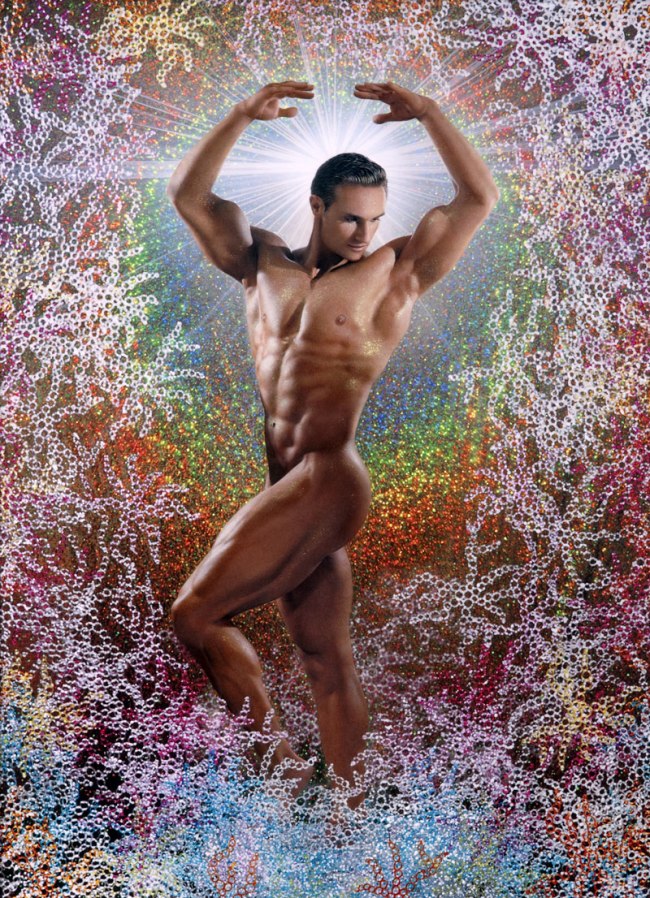
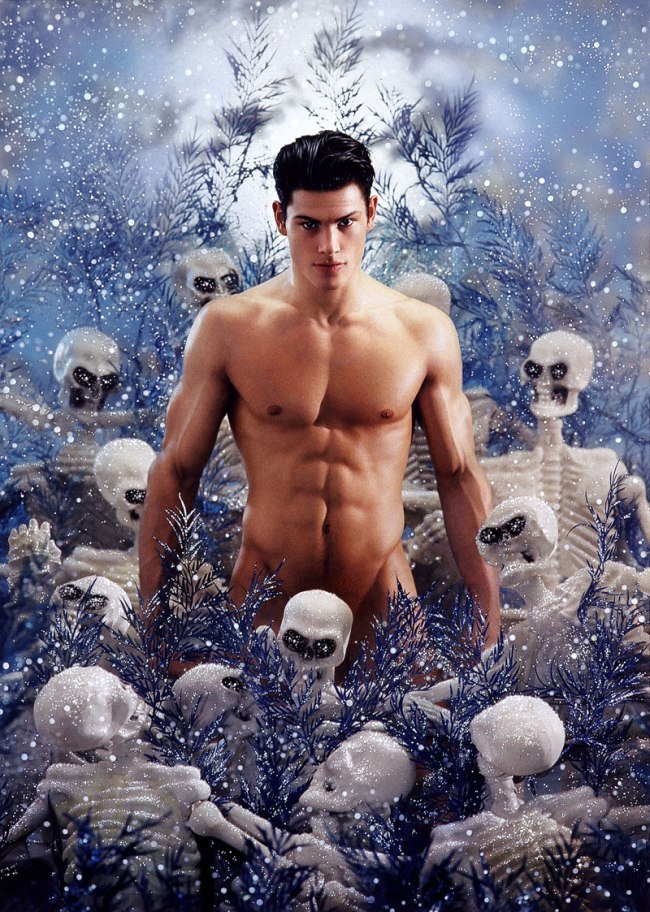
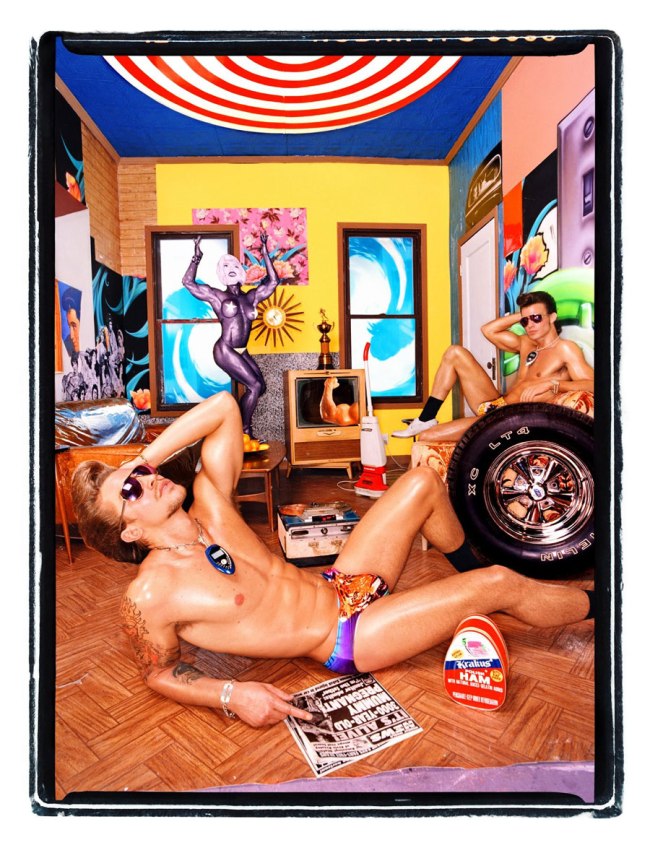













You must be logged in to post a comment.